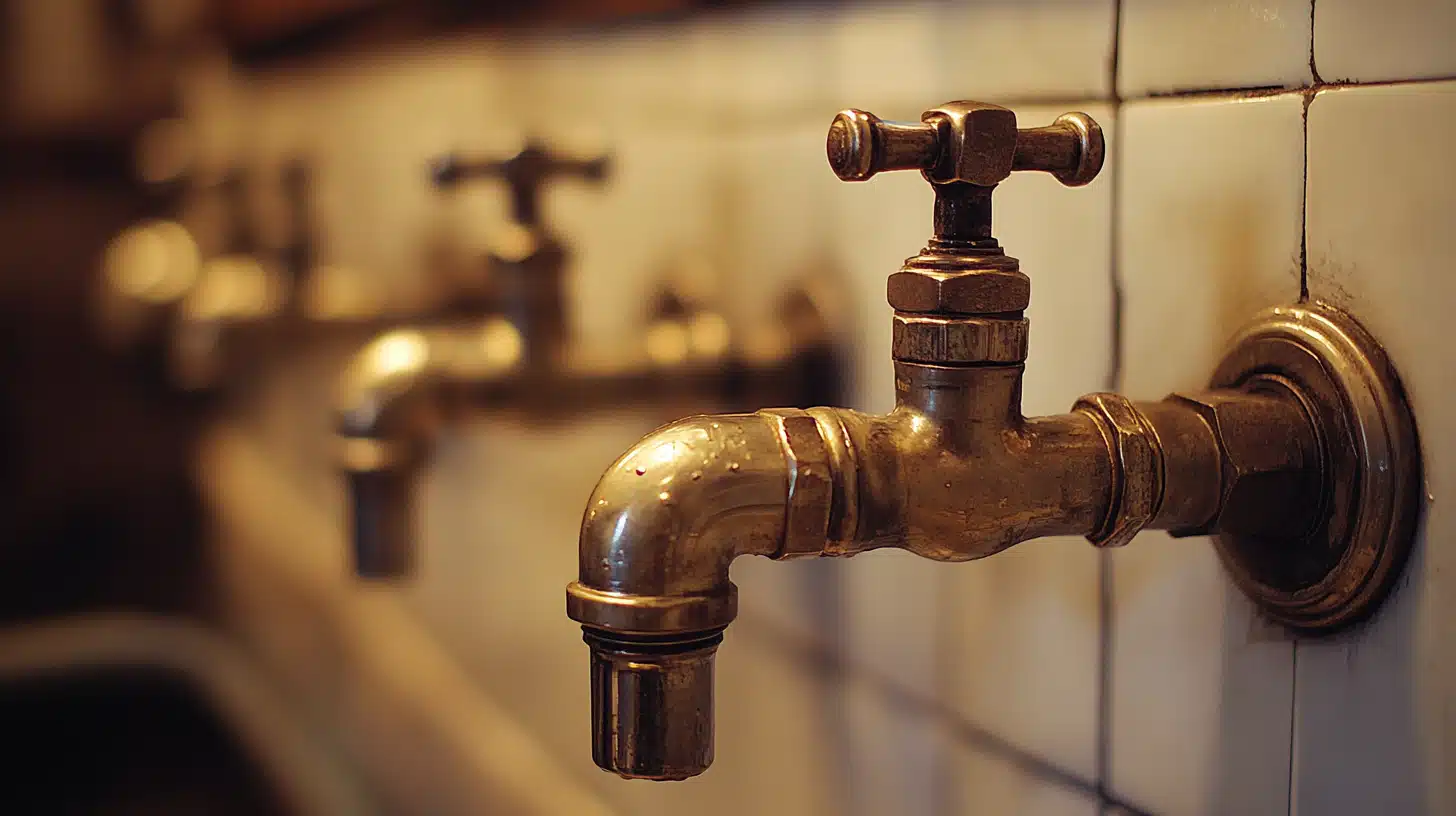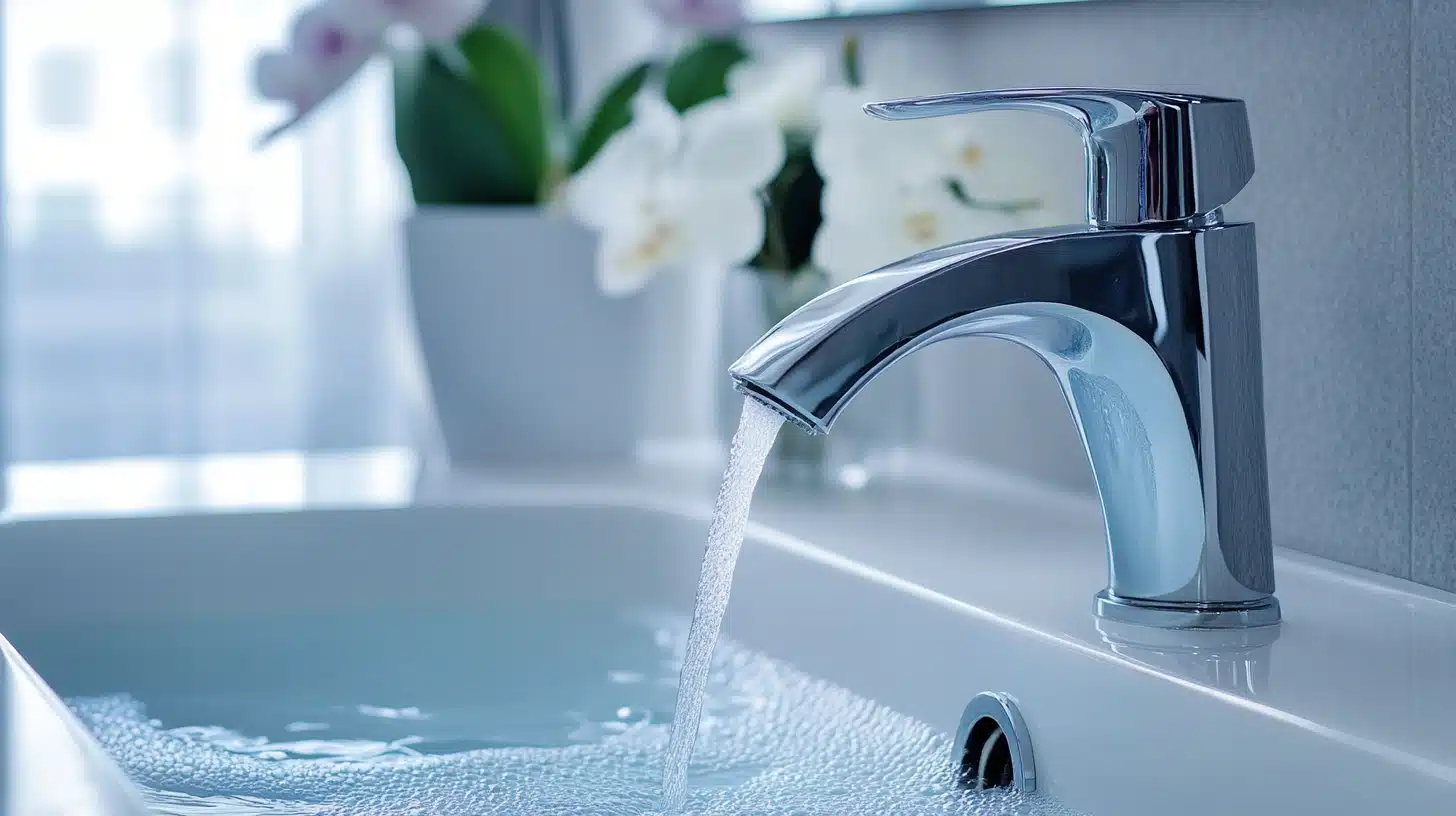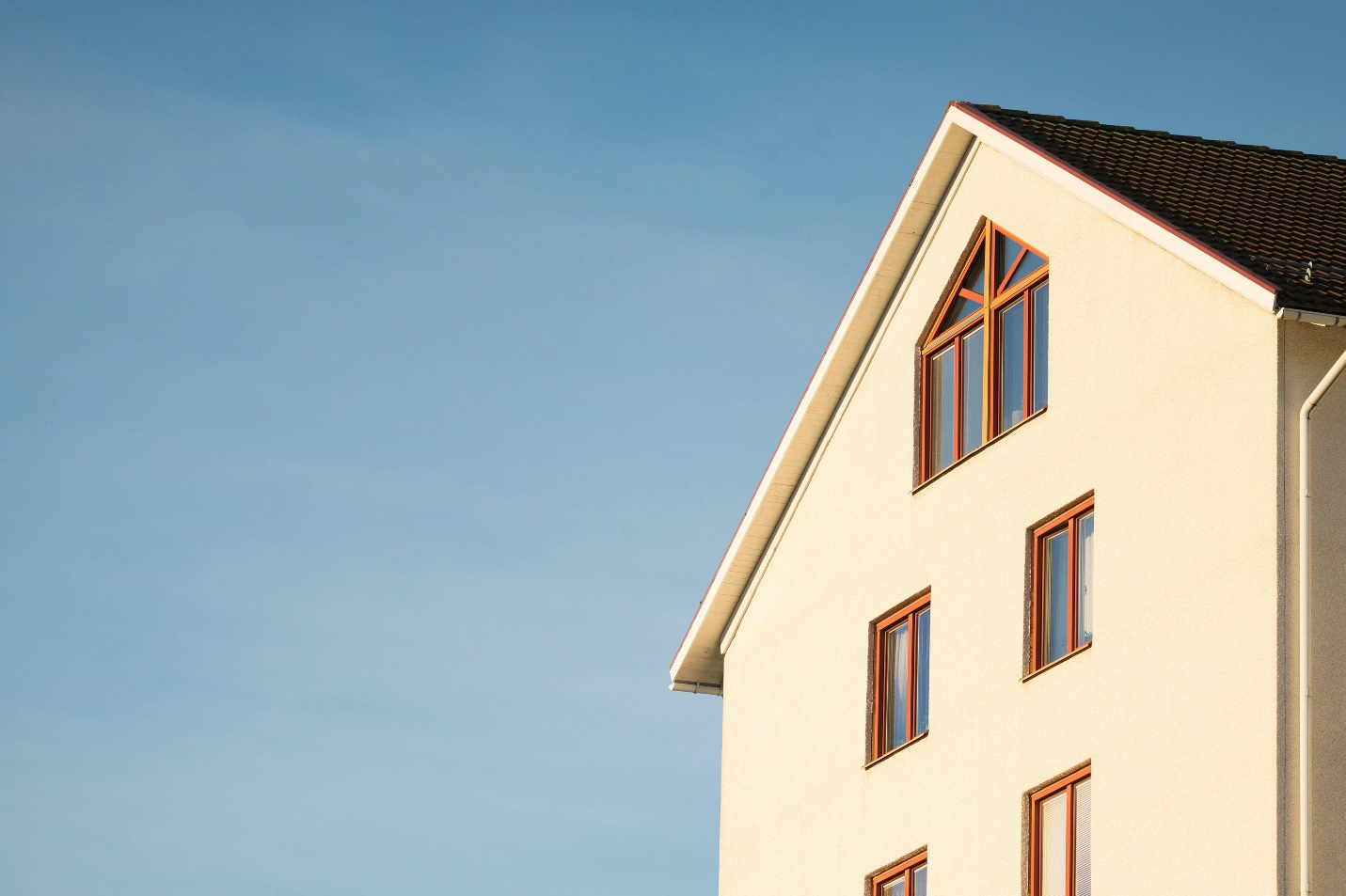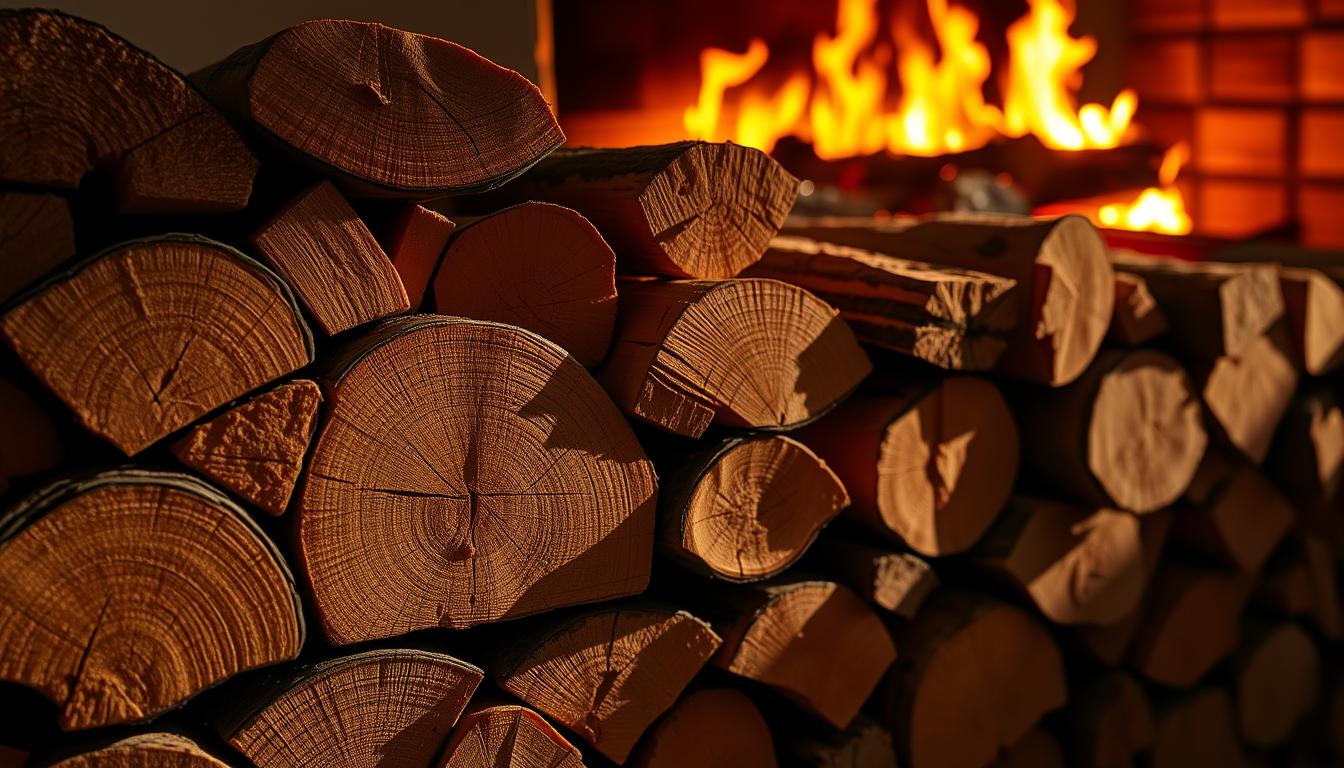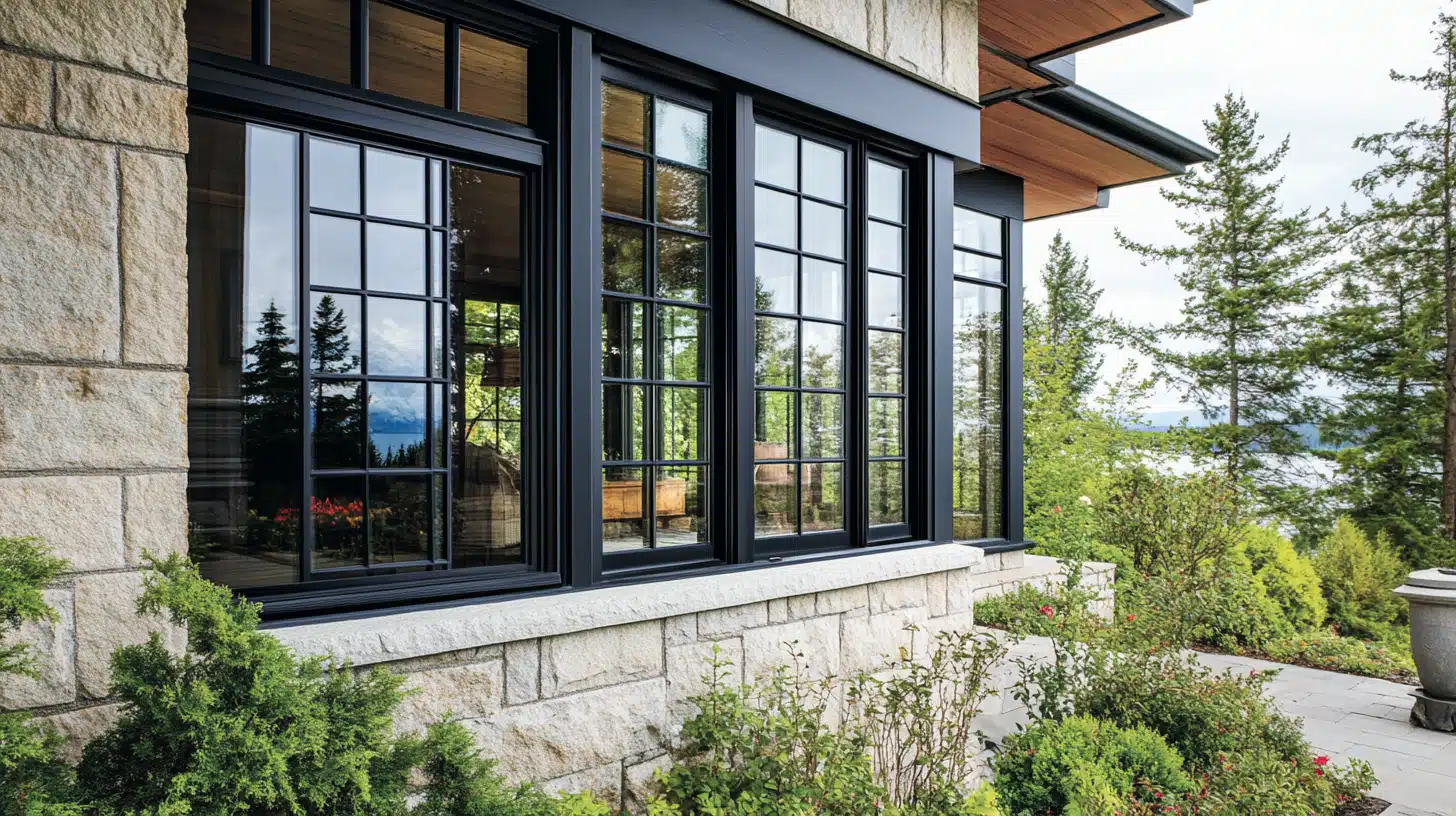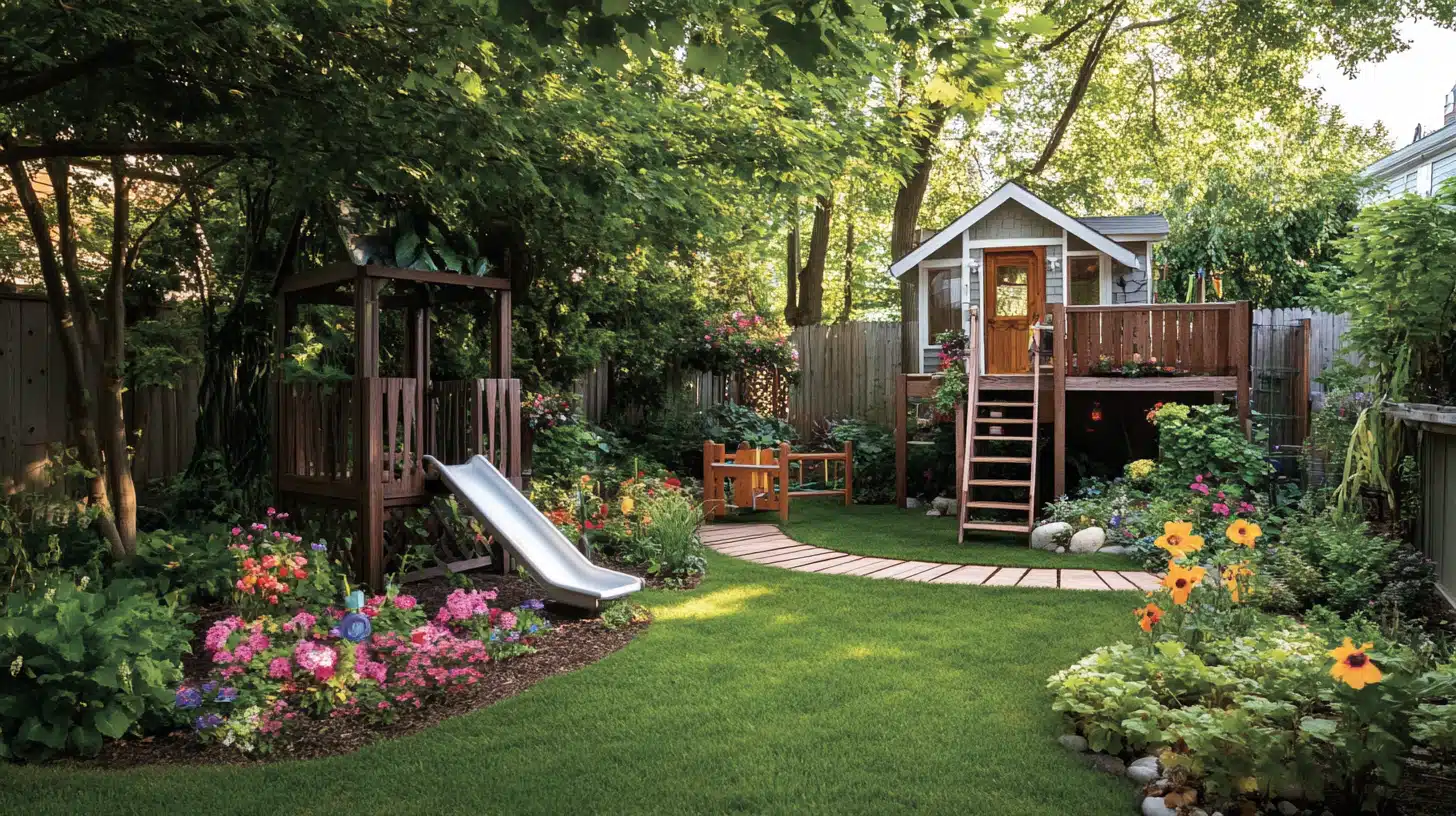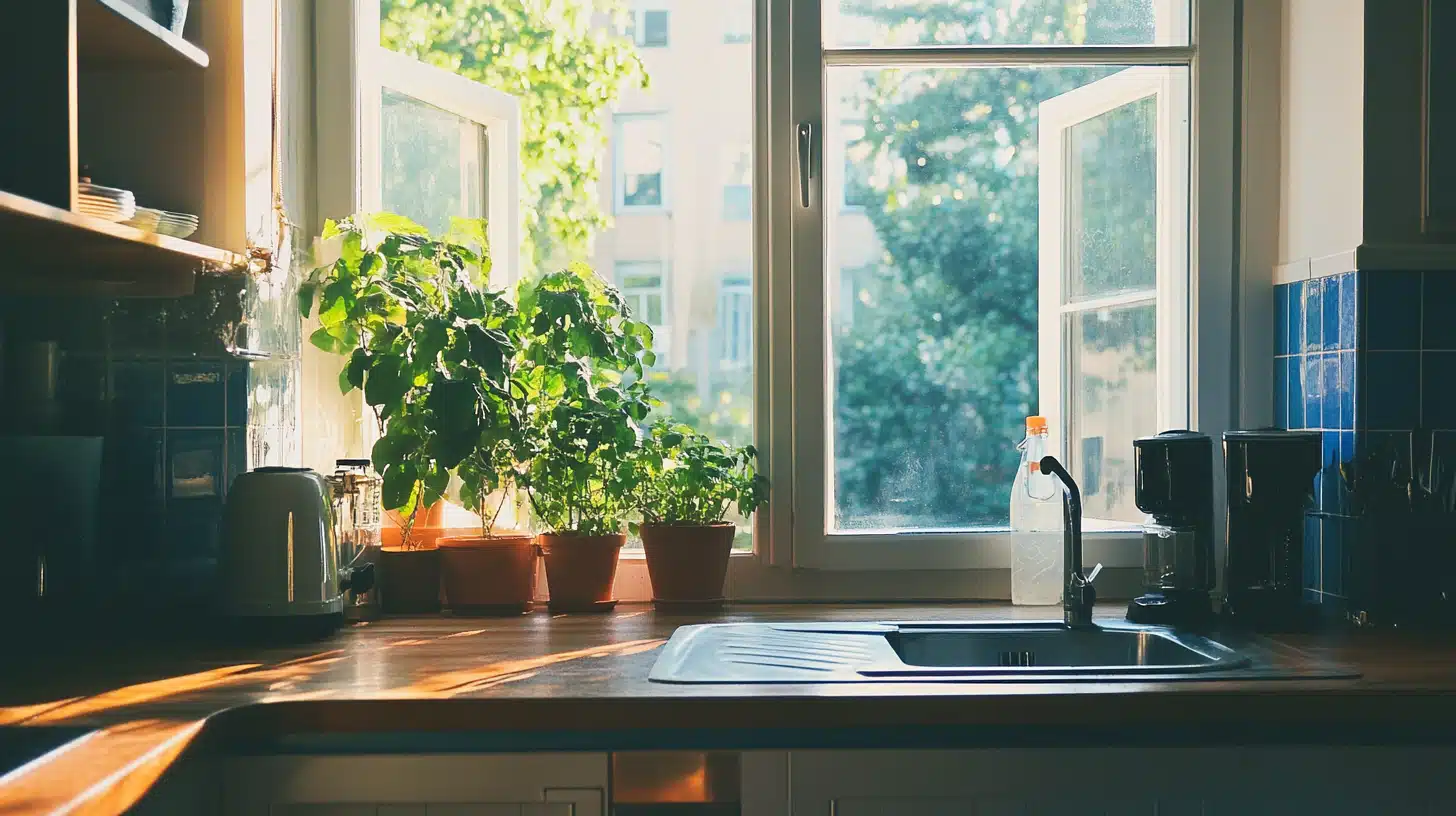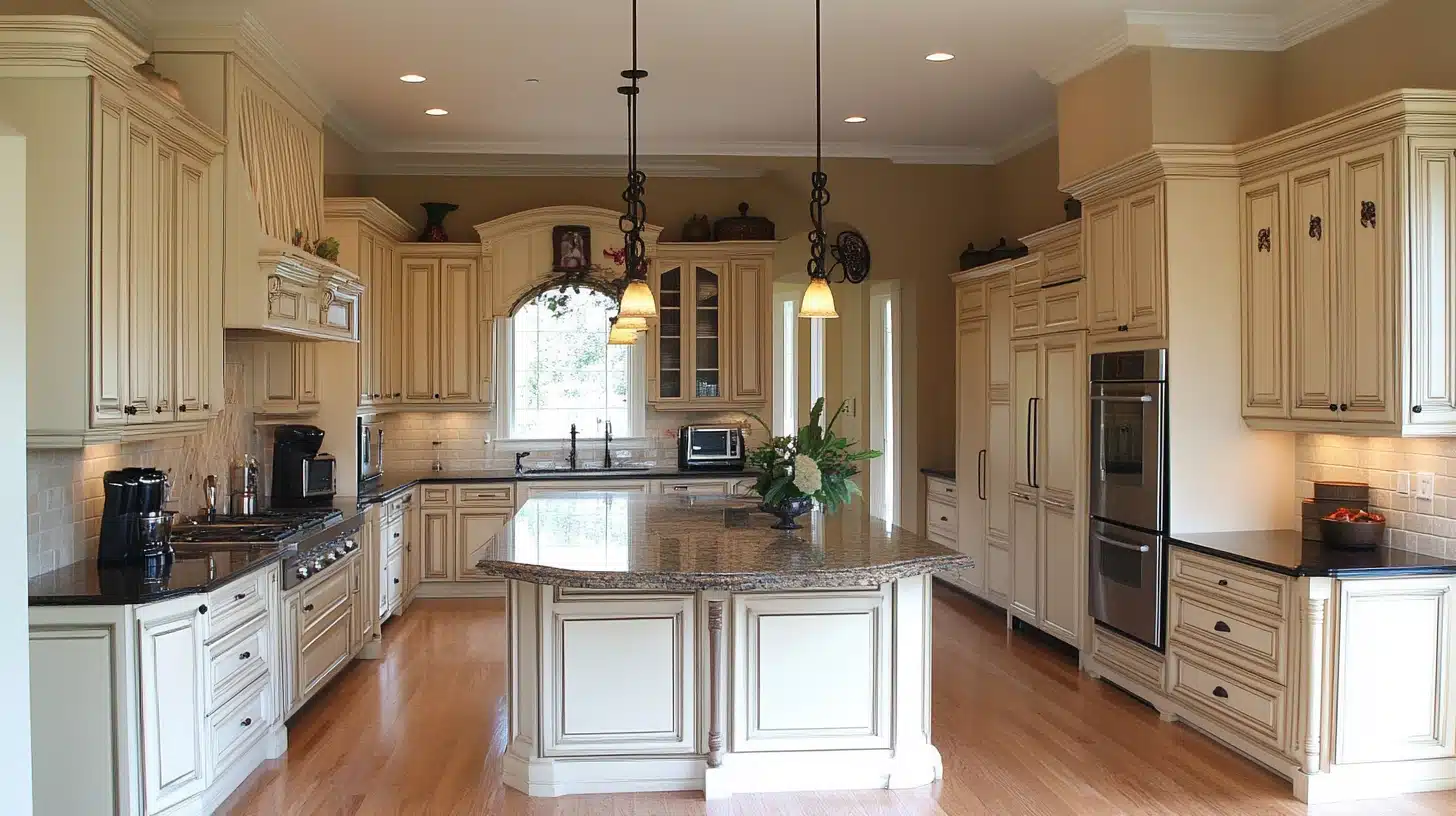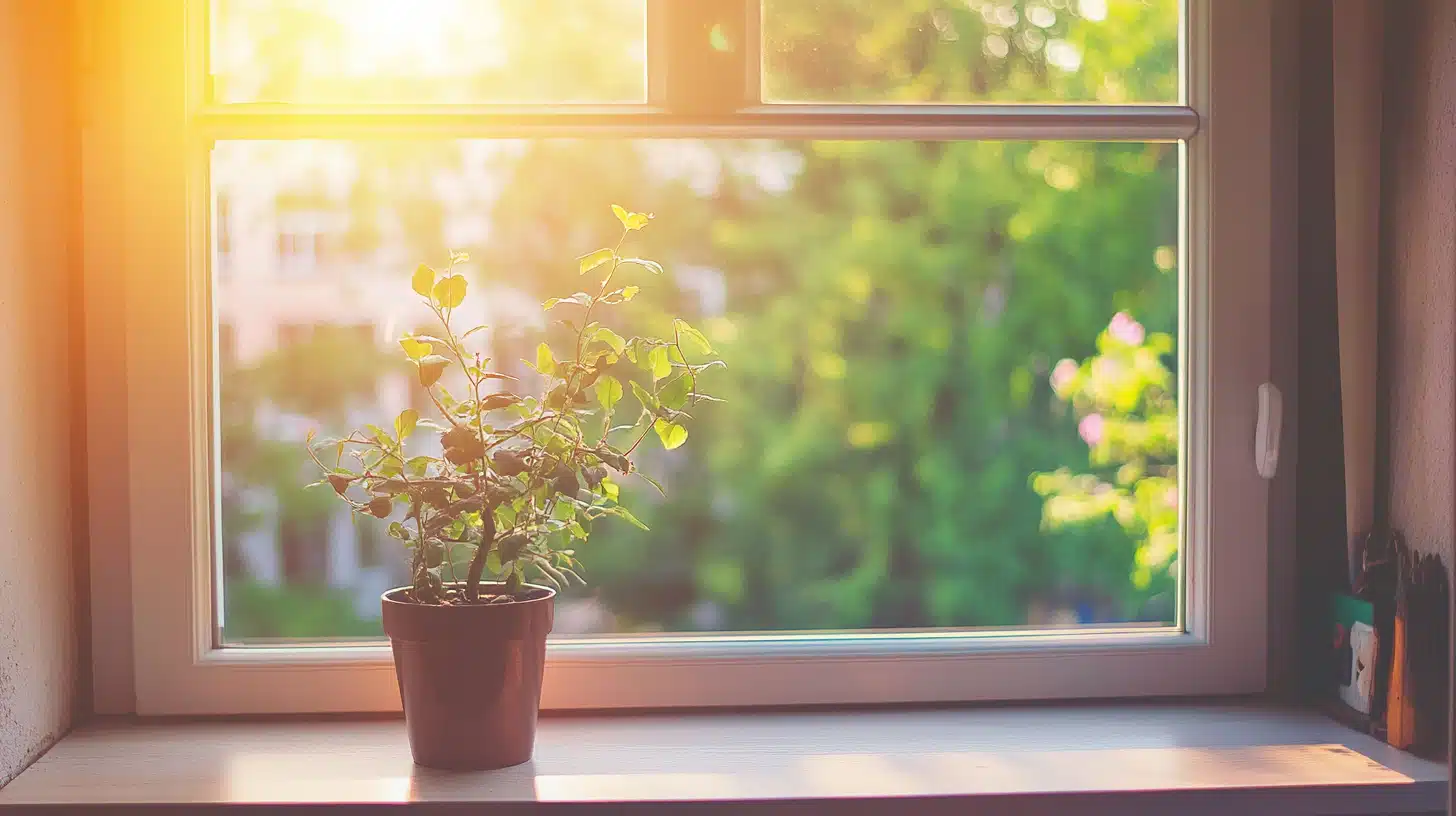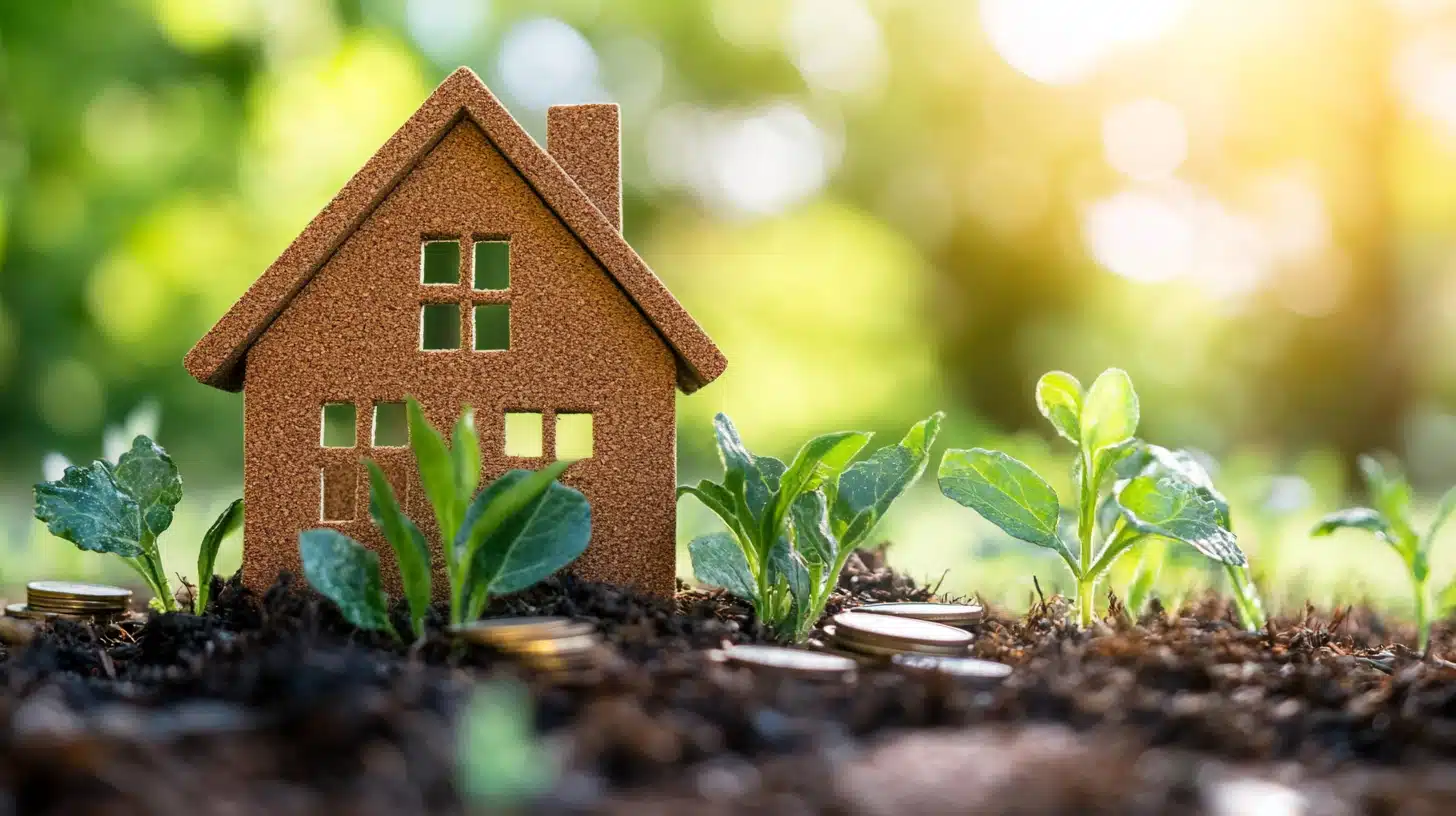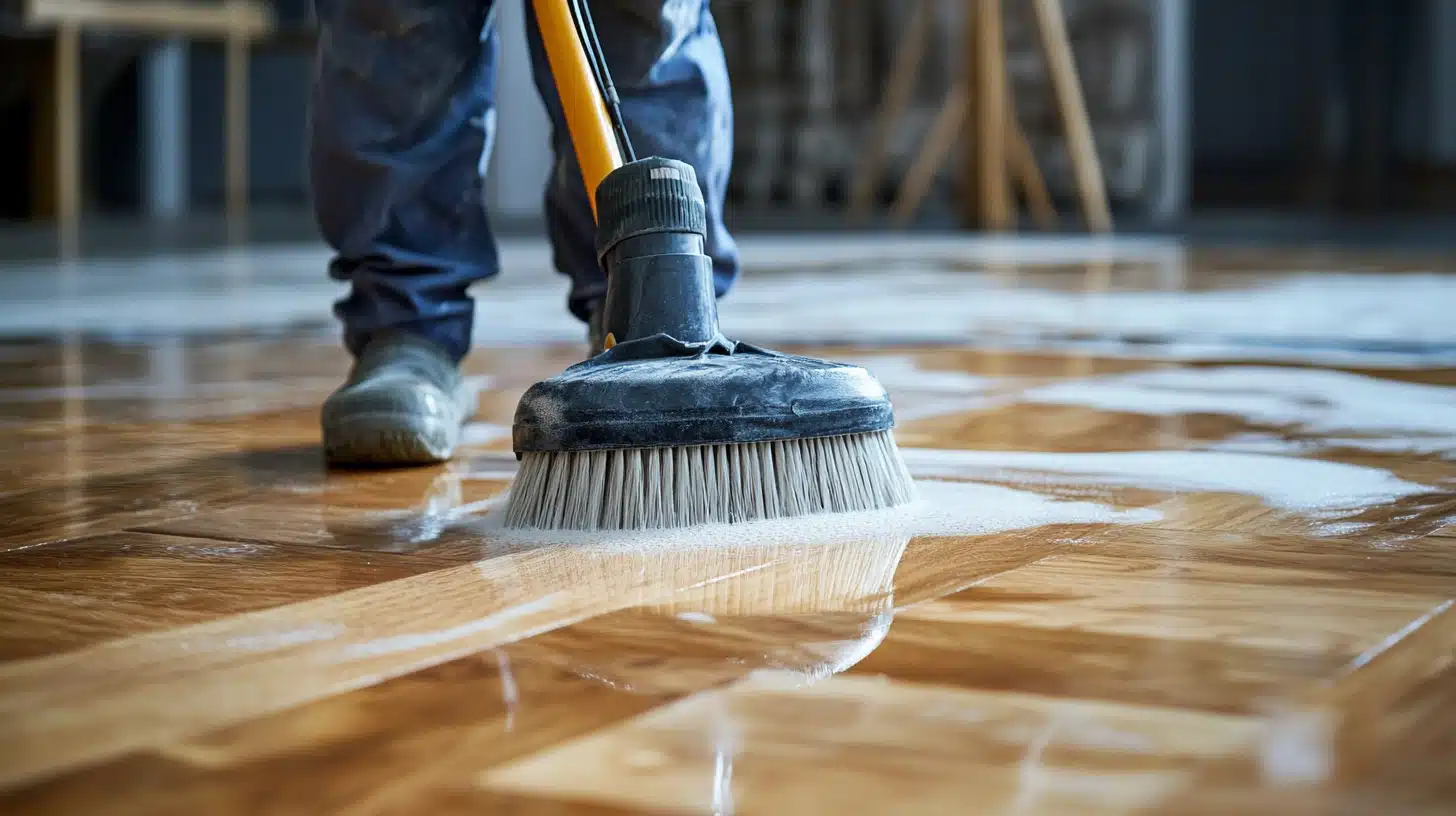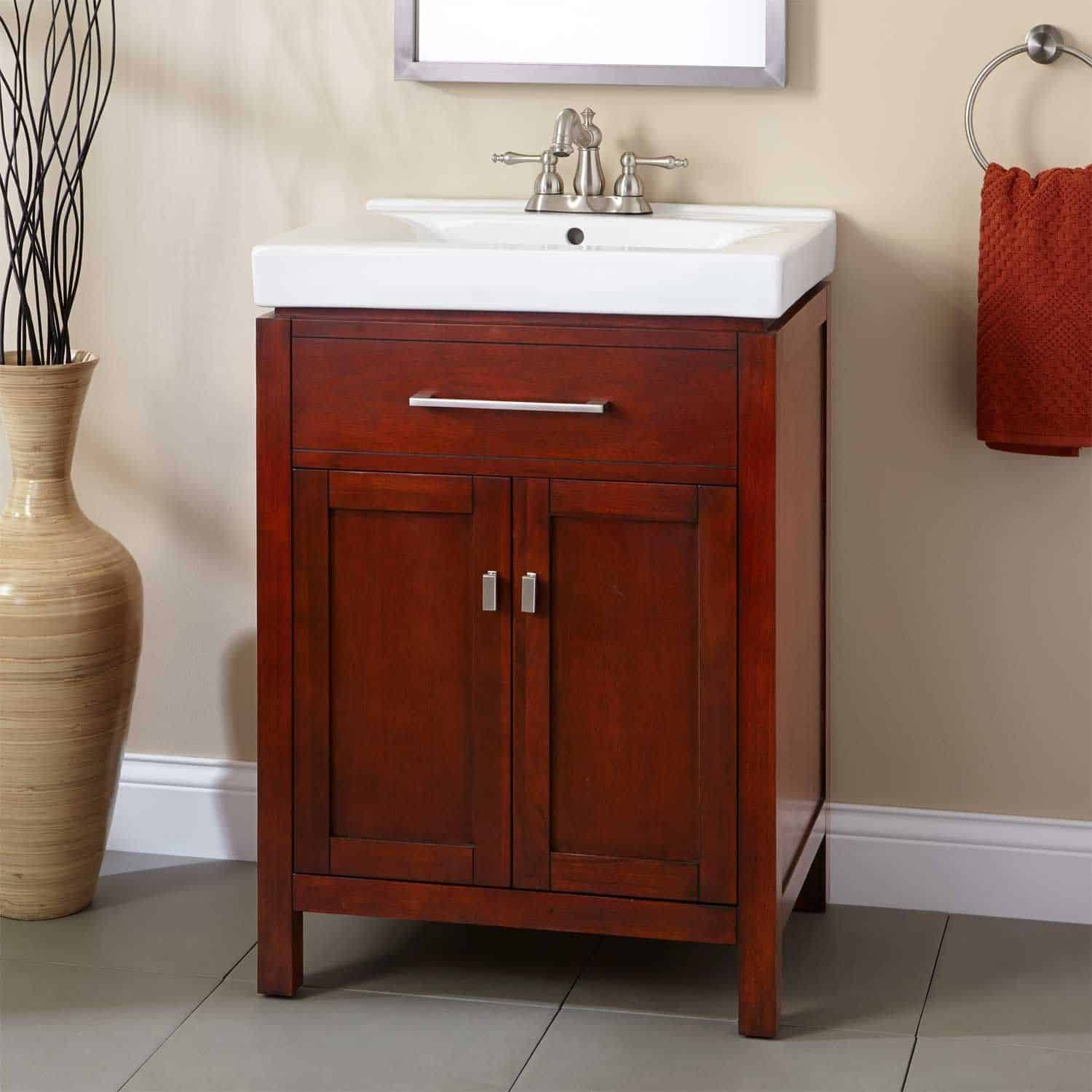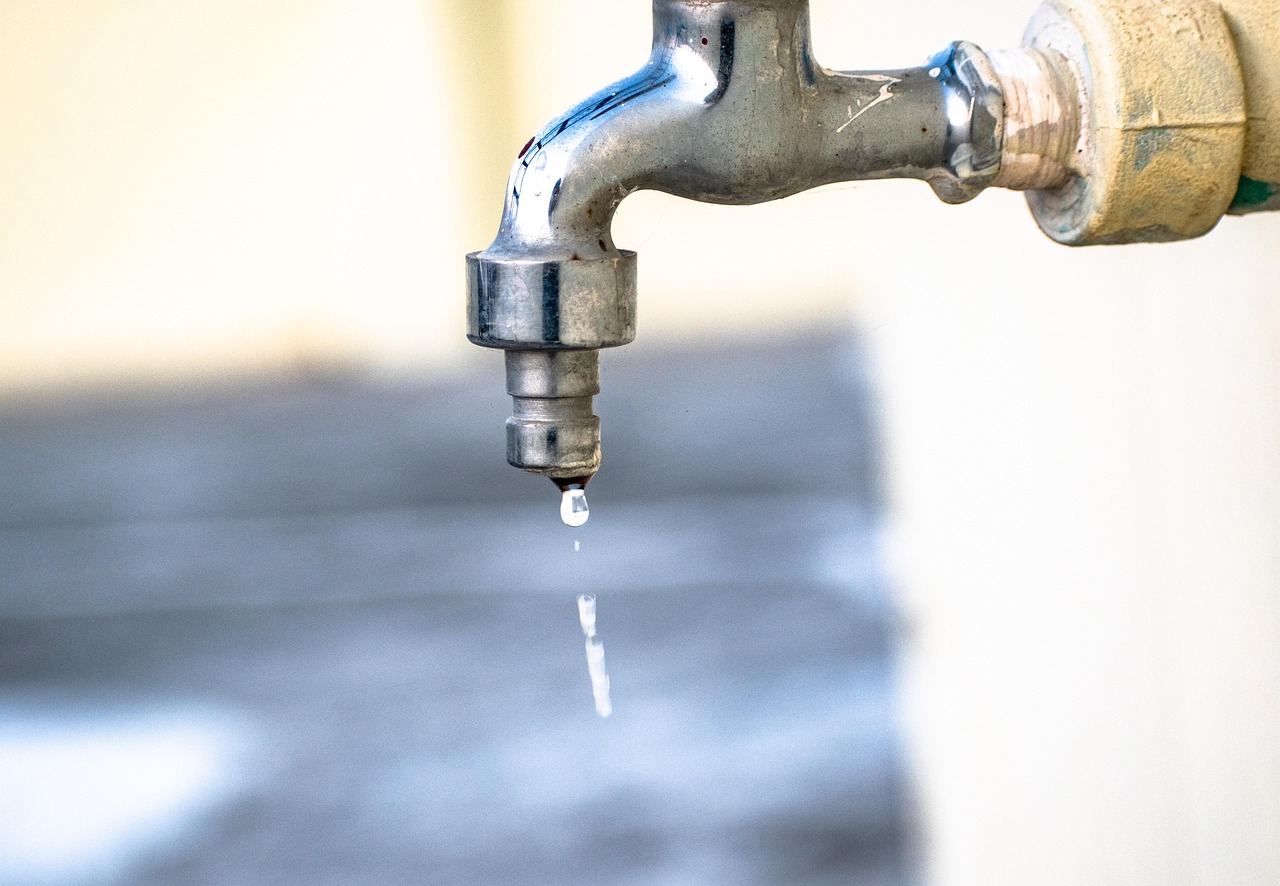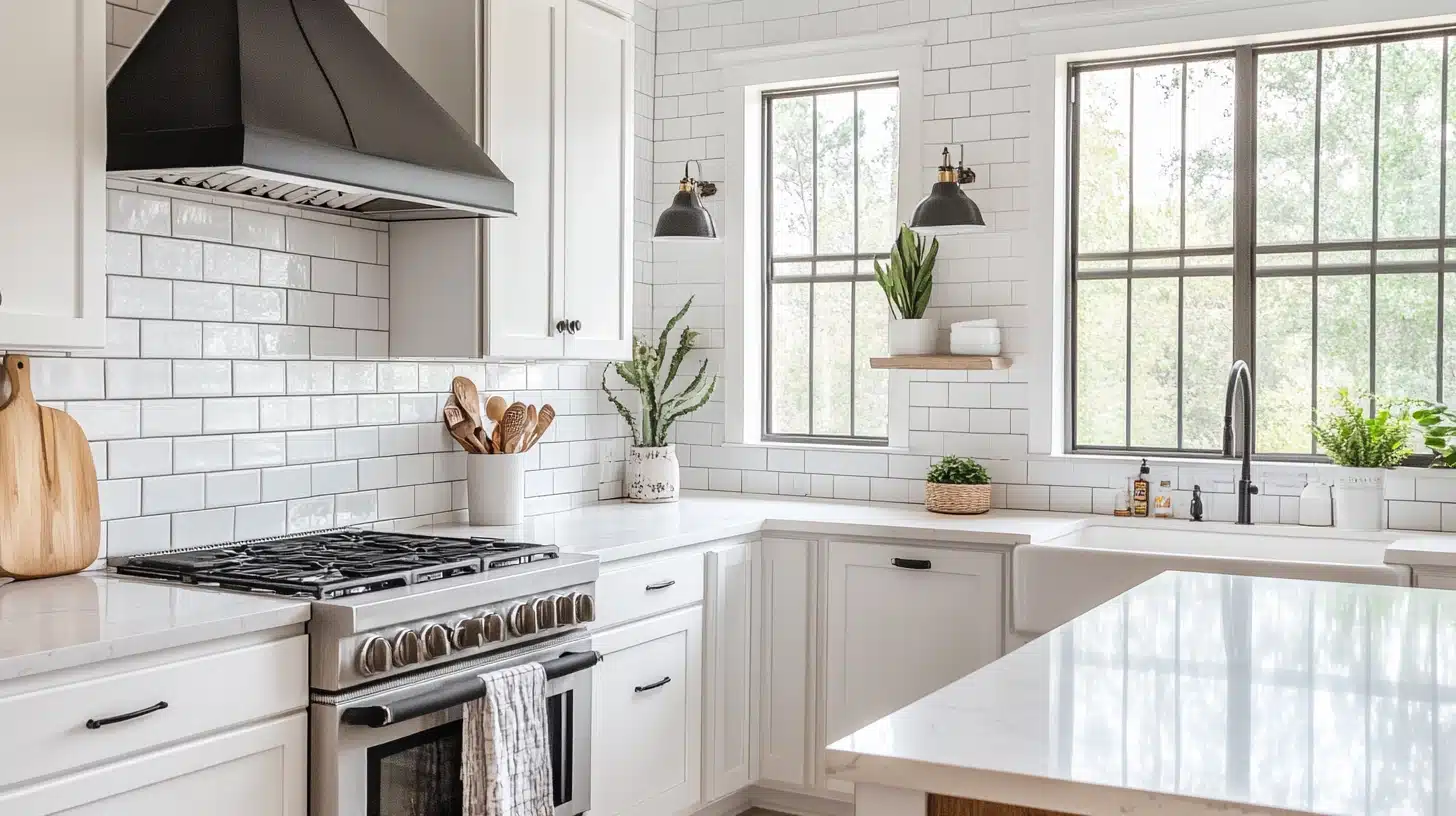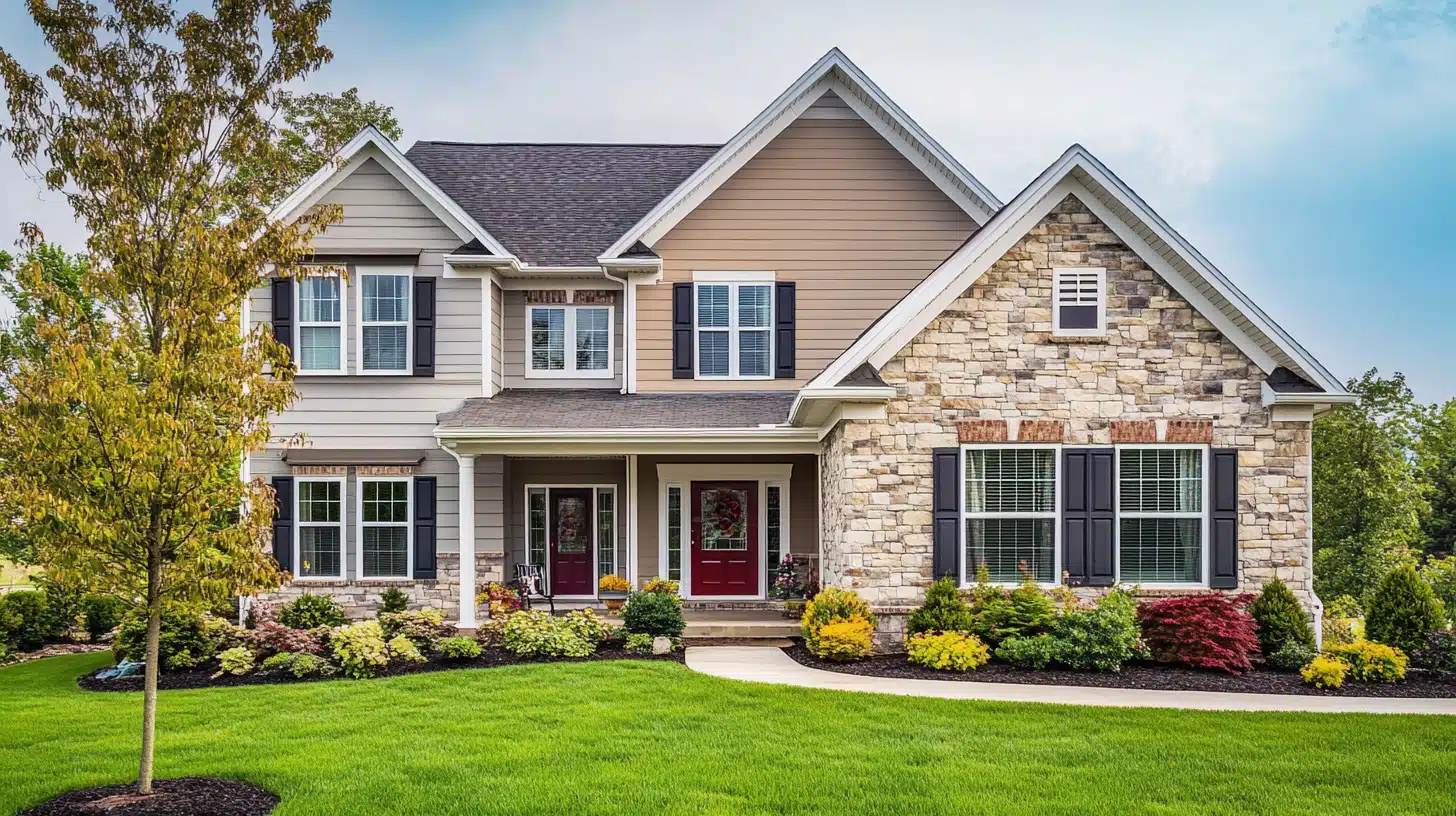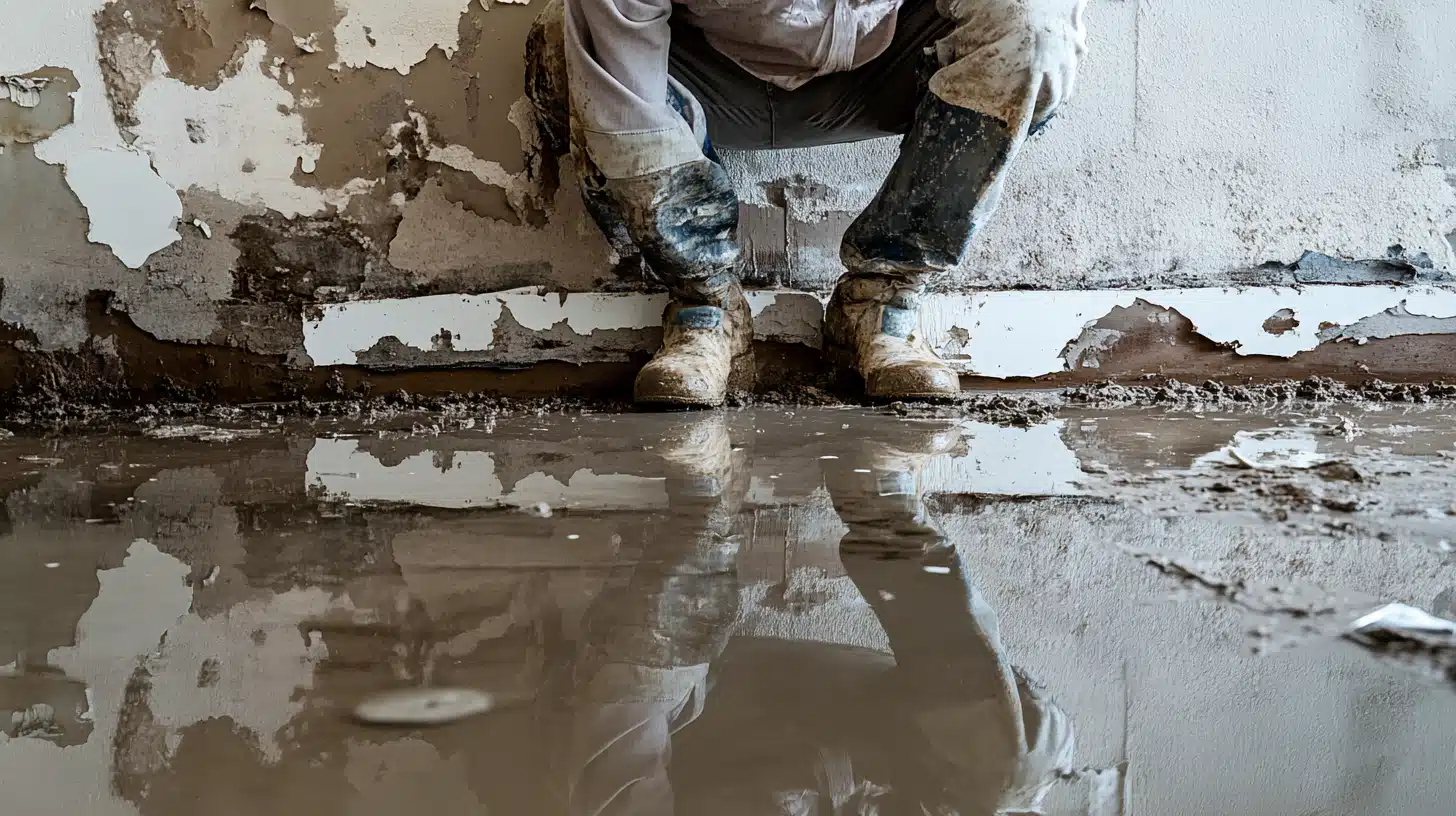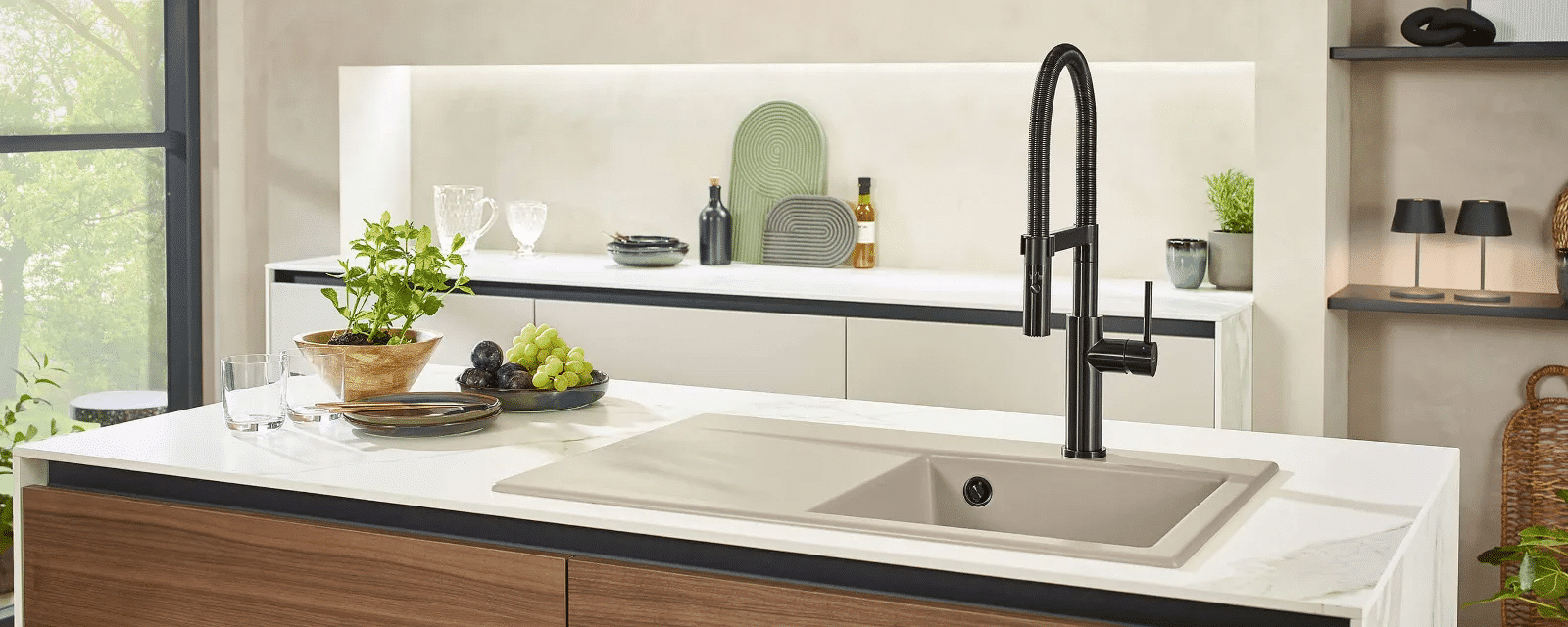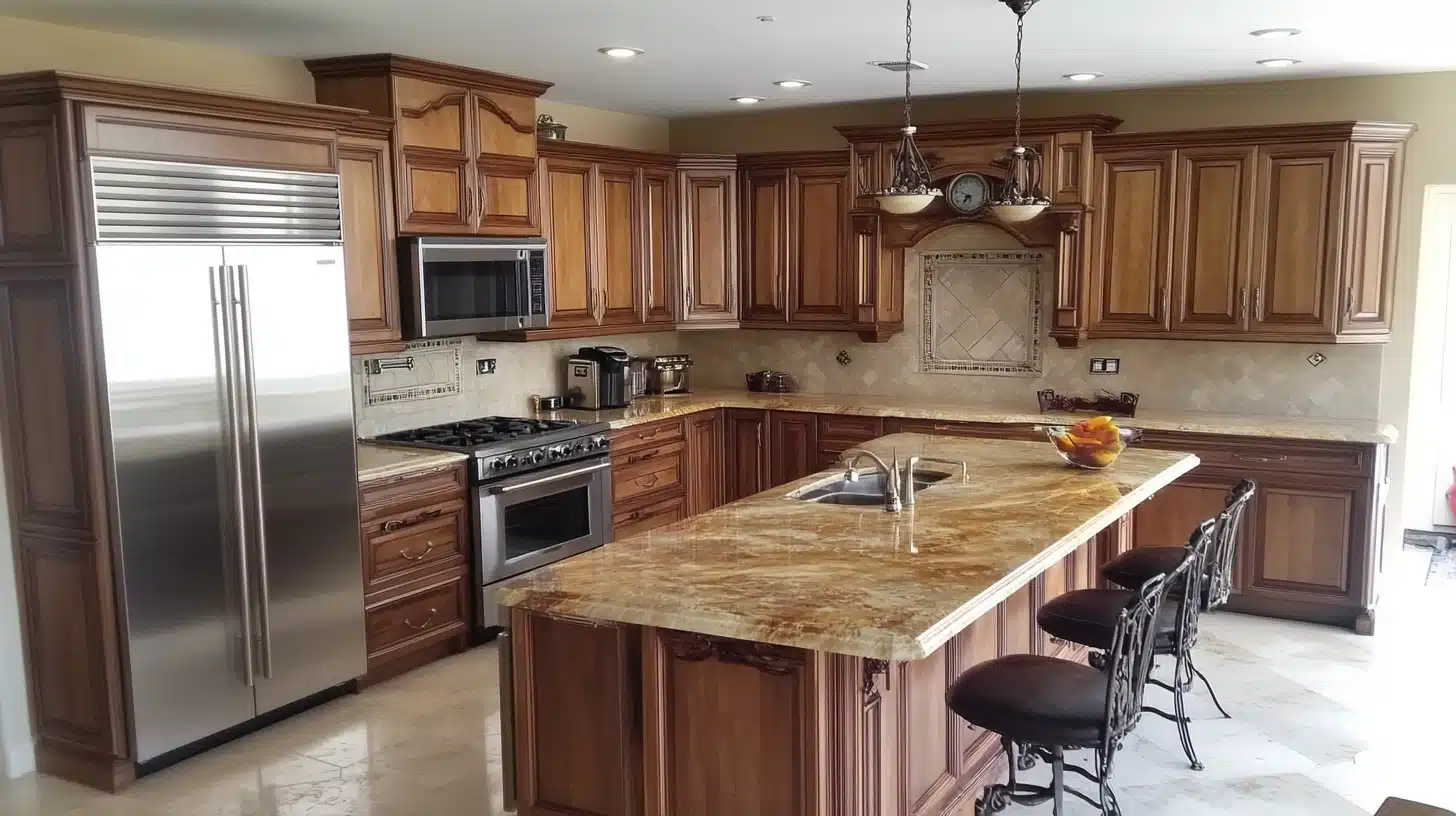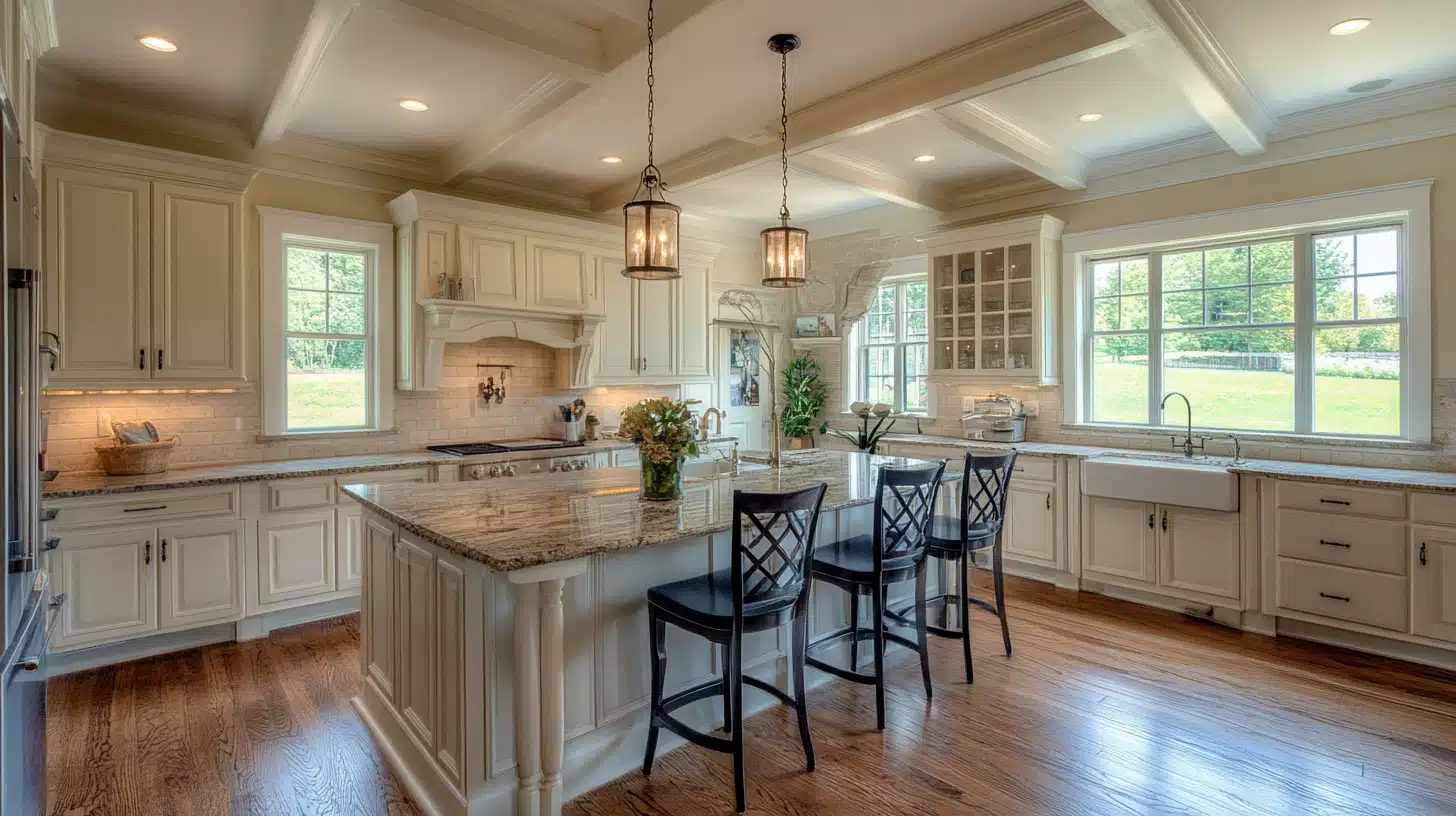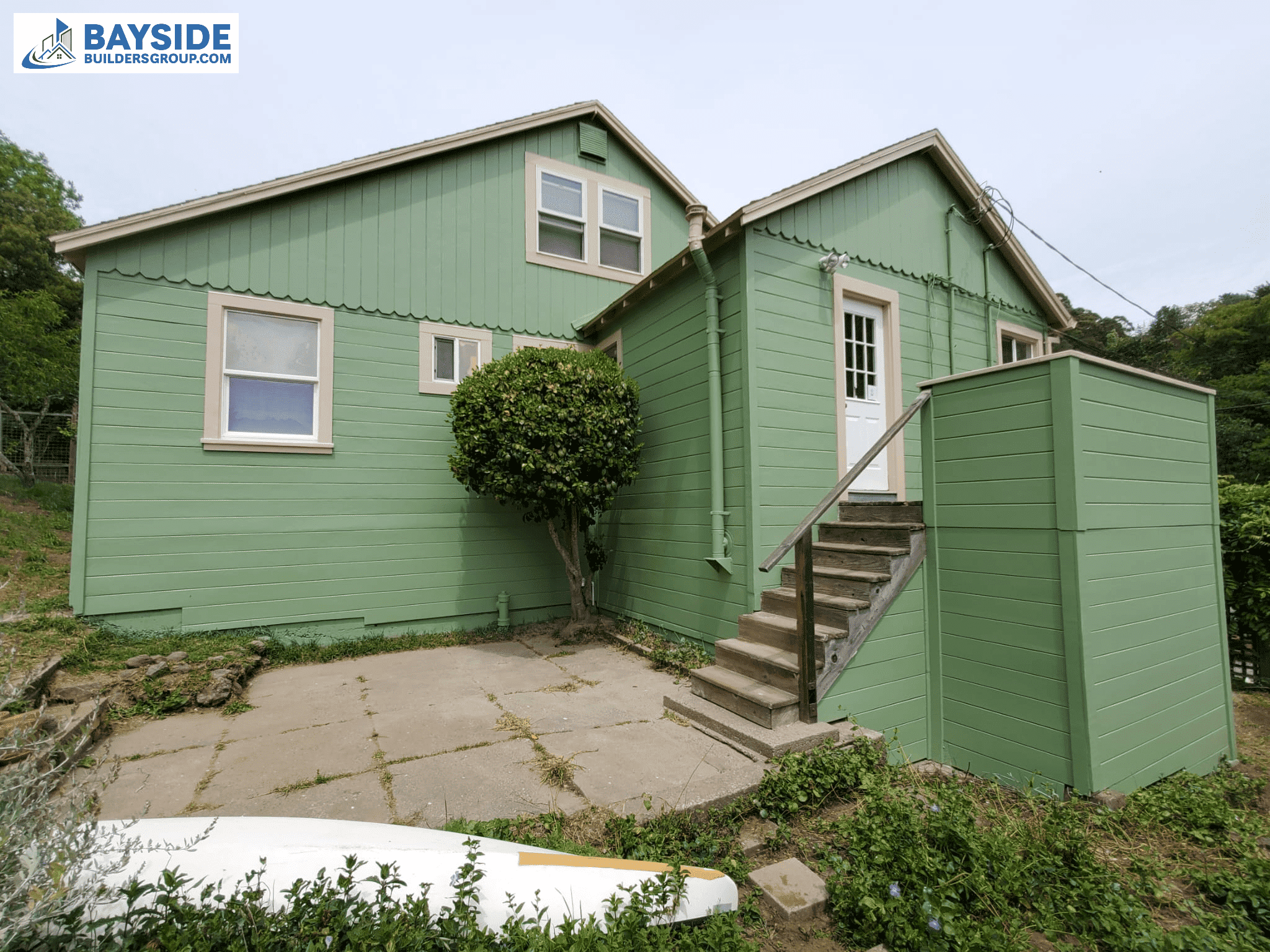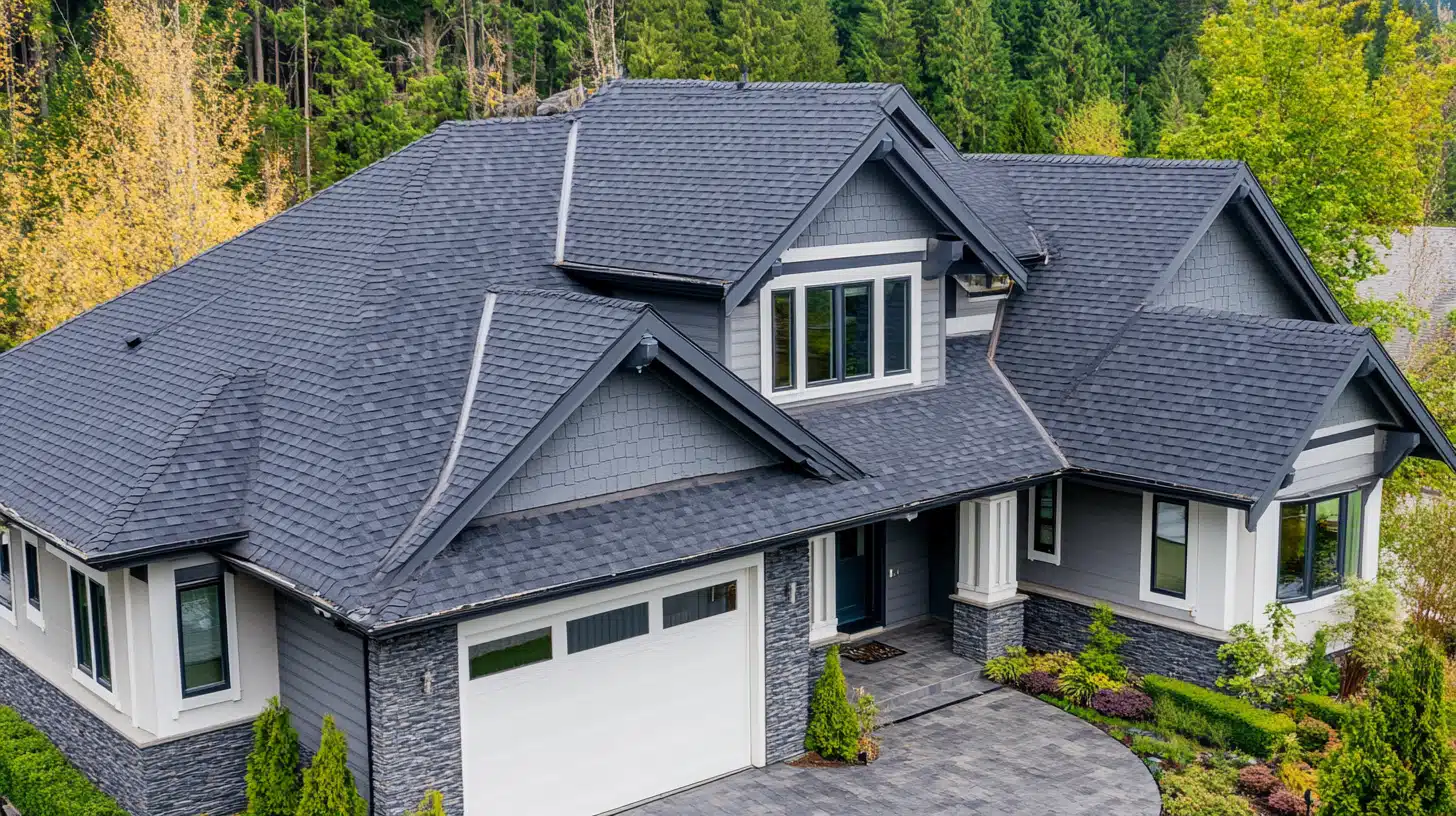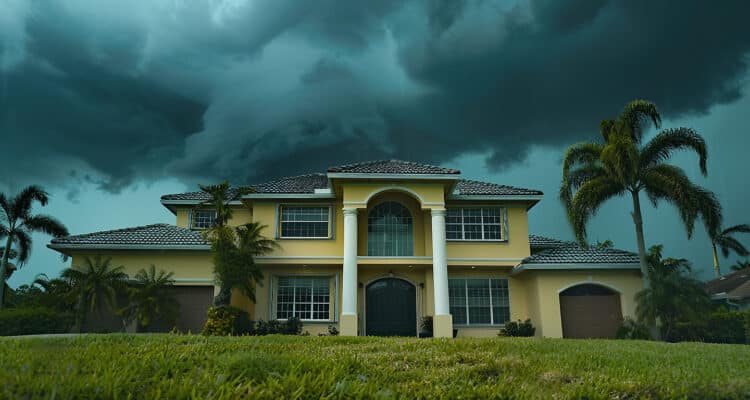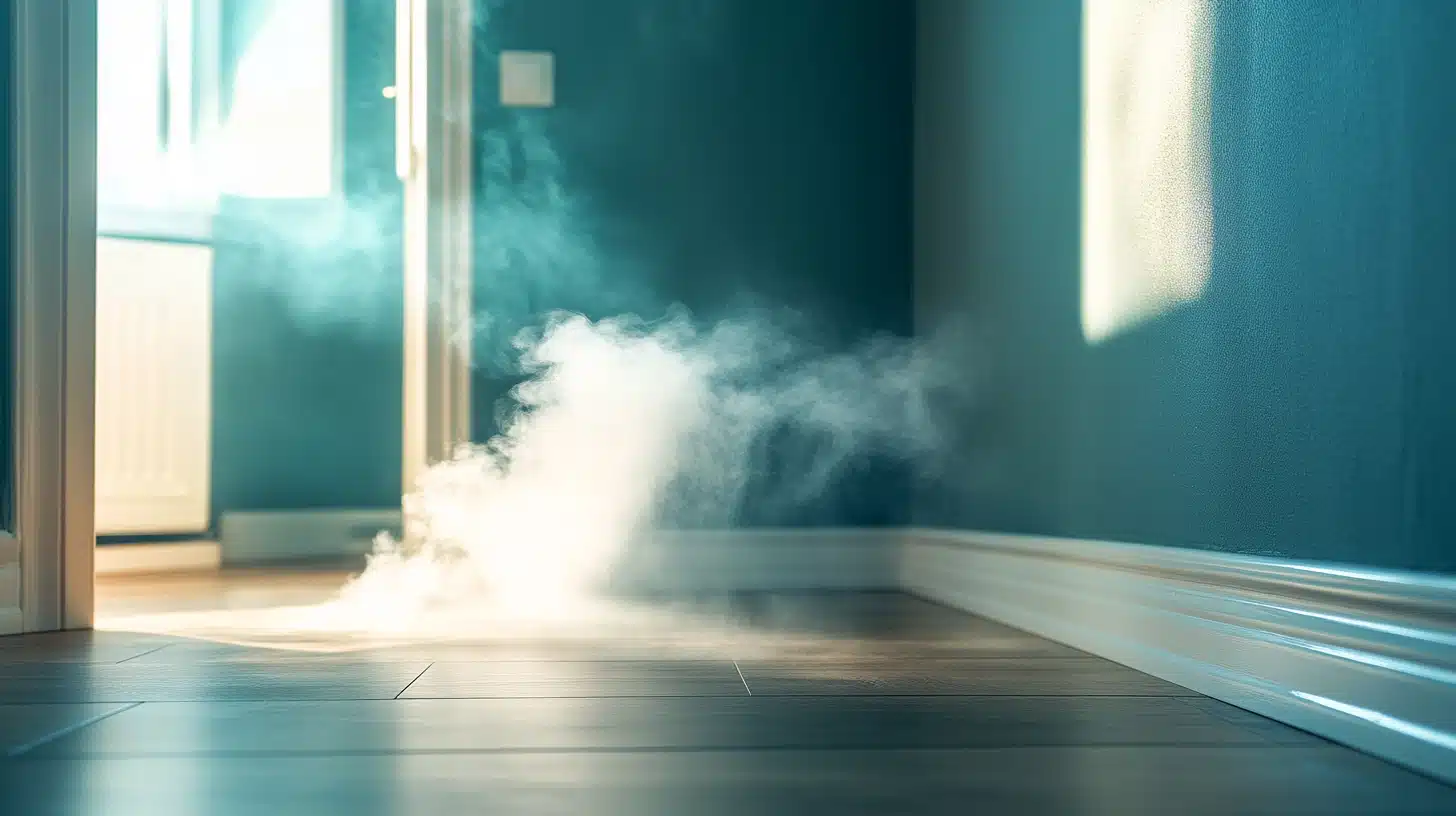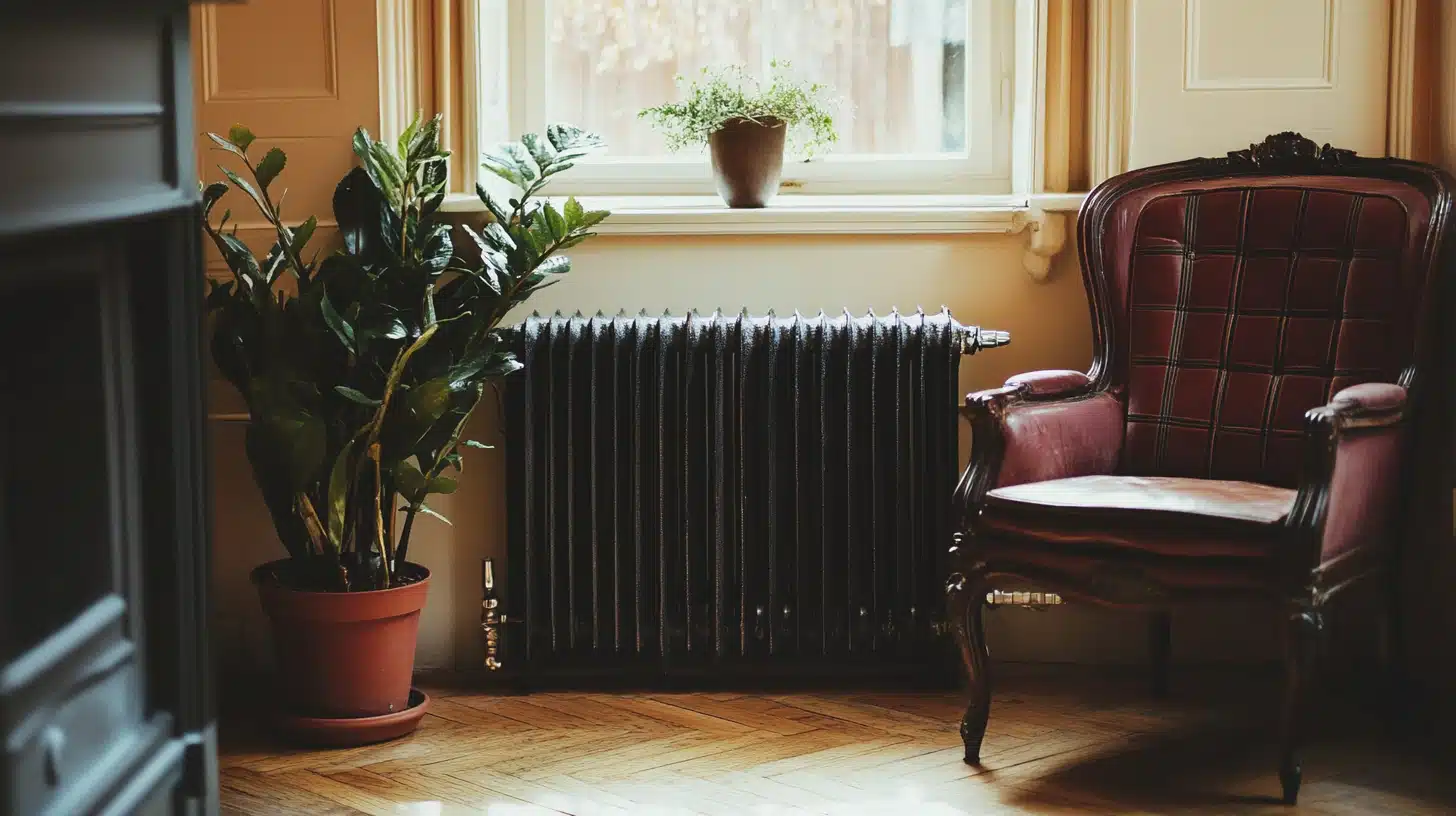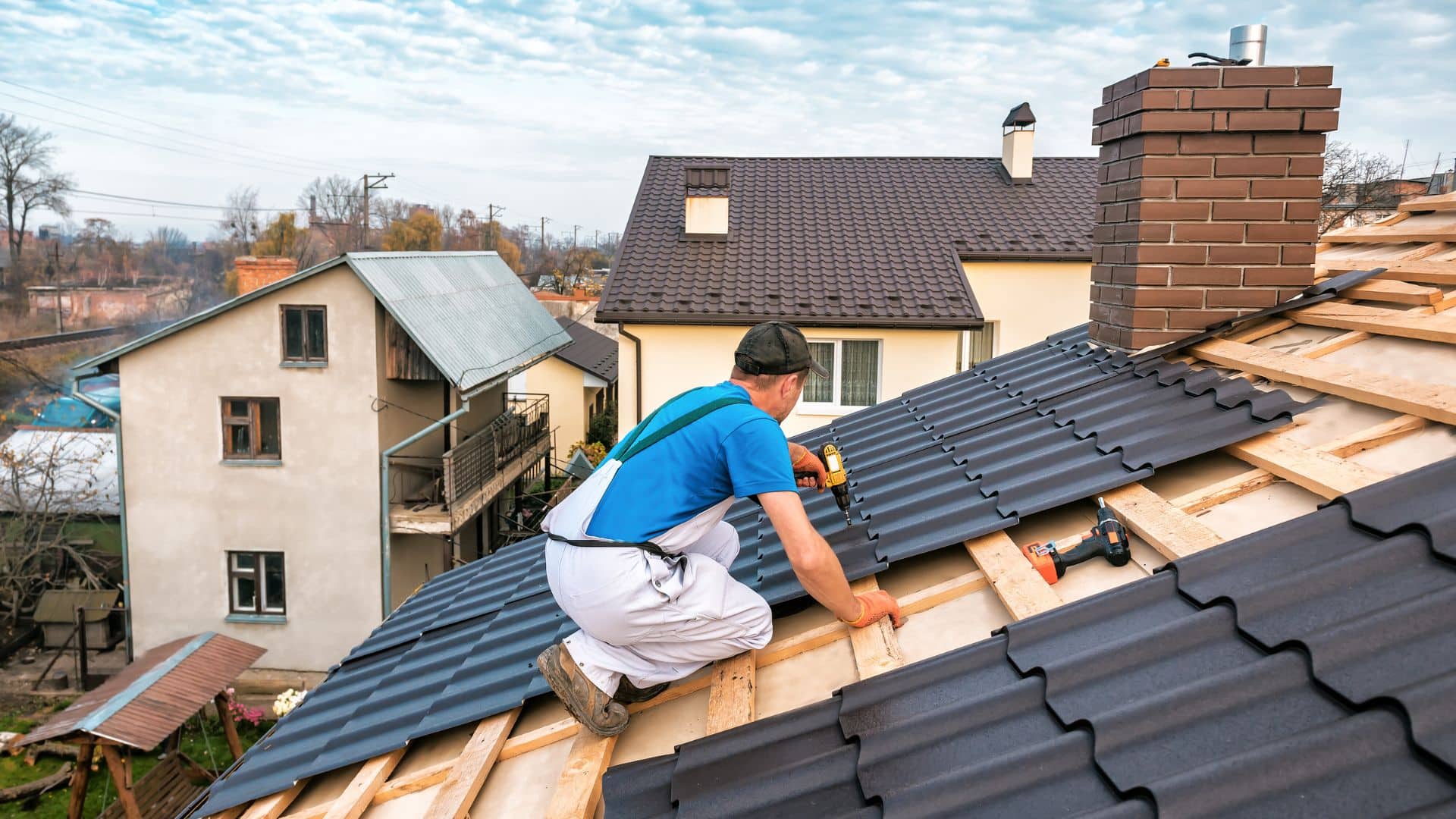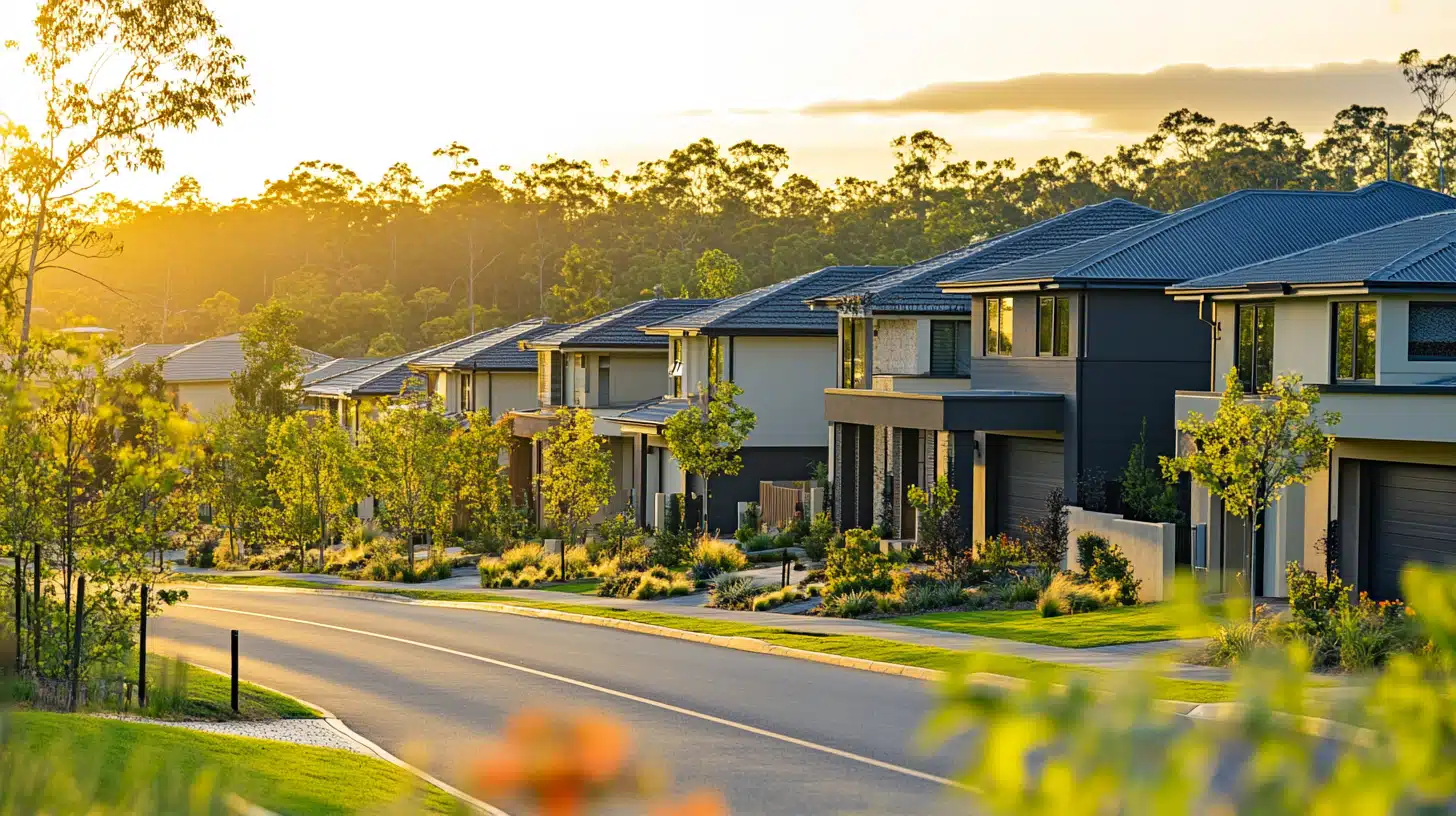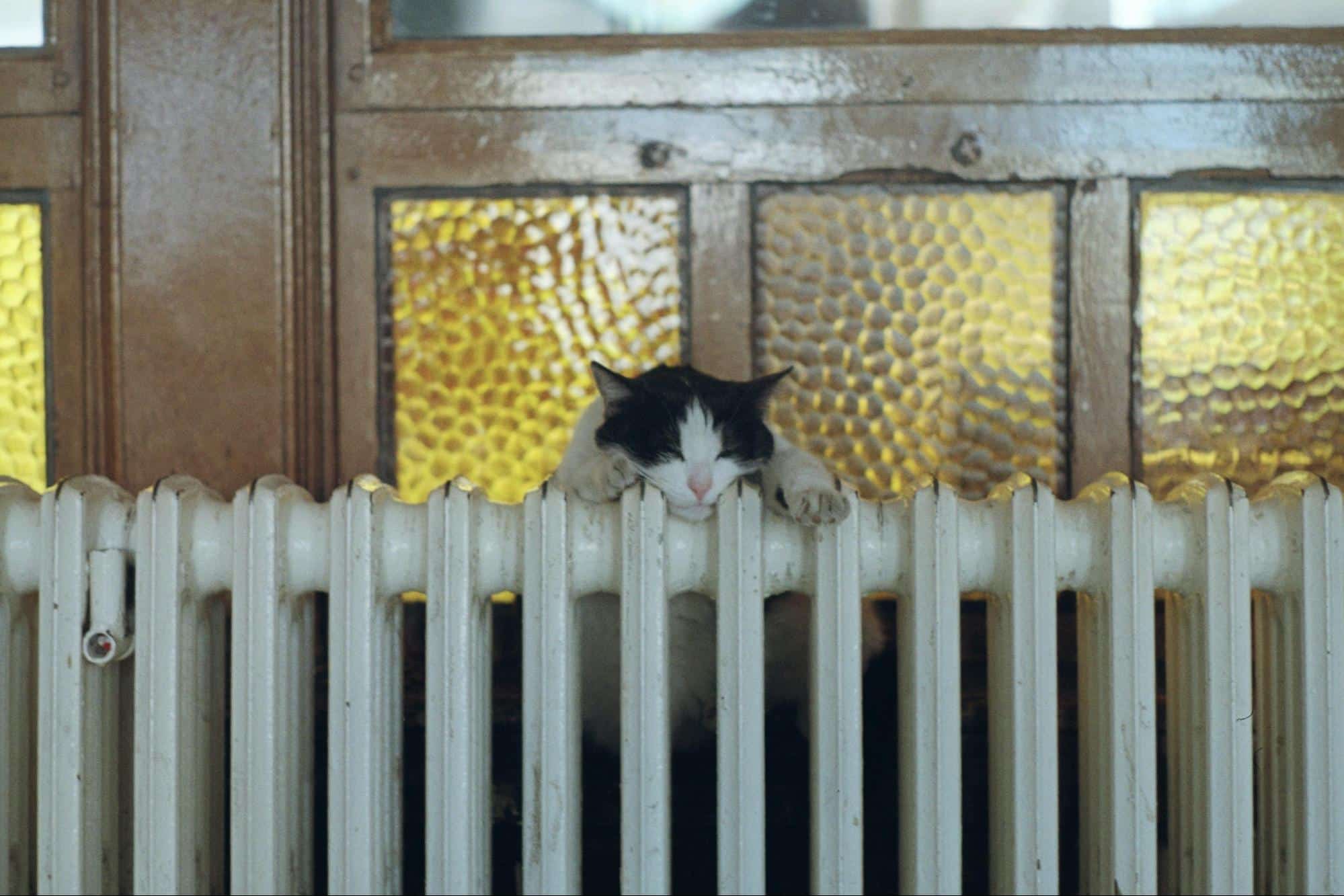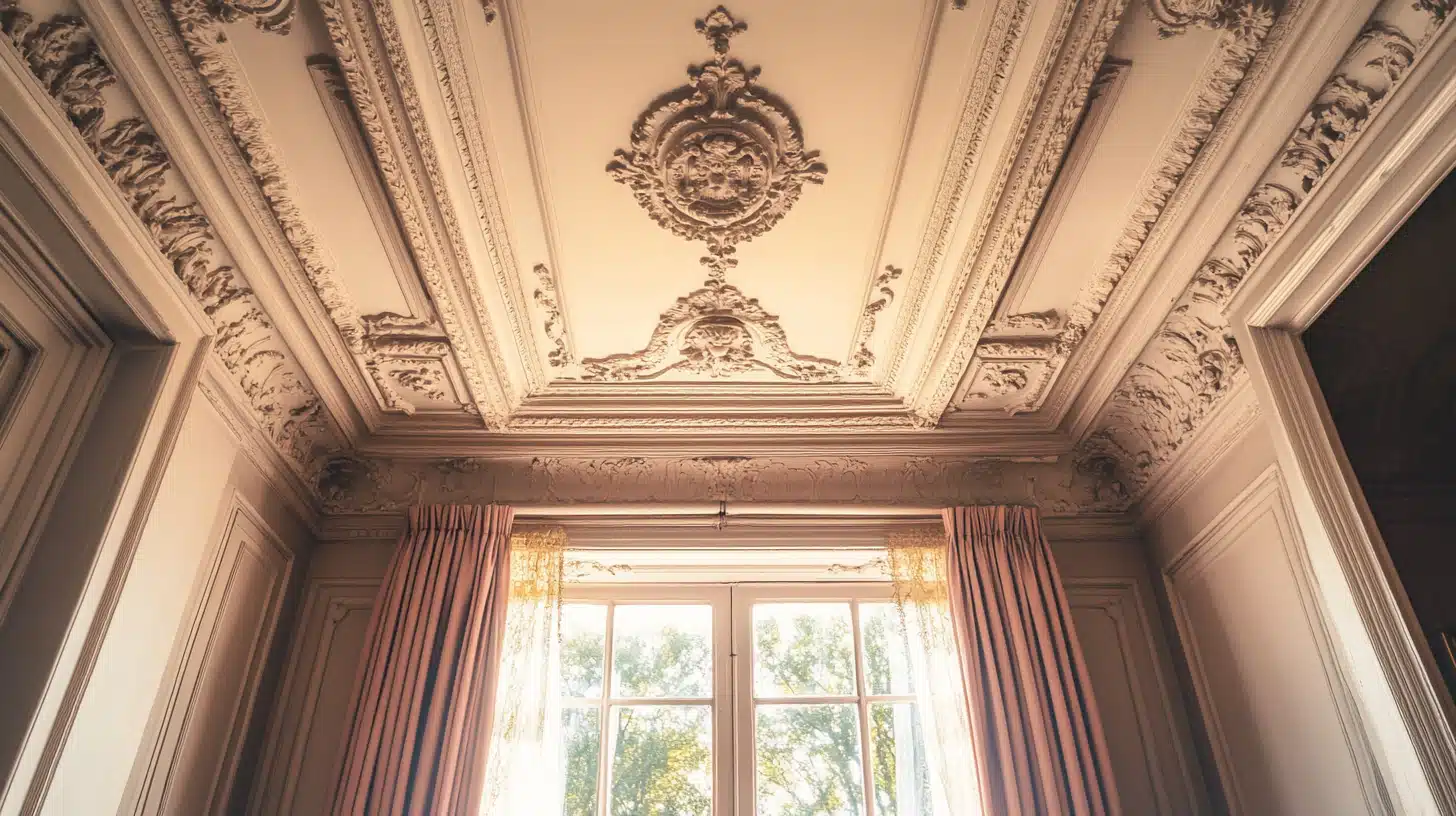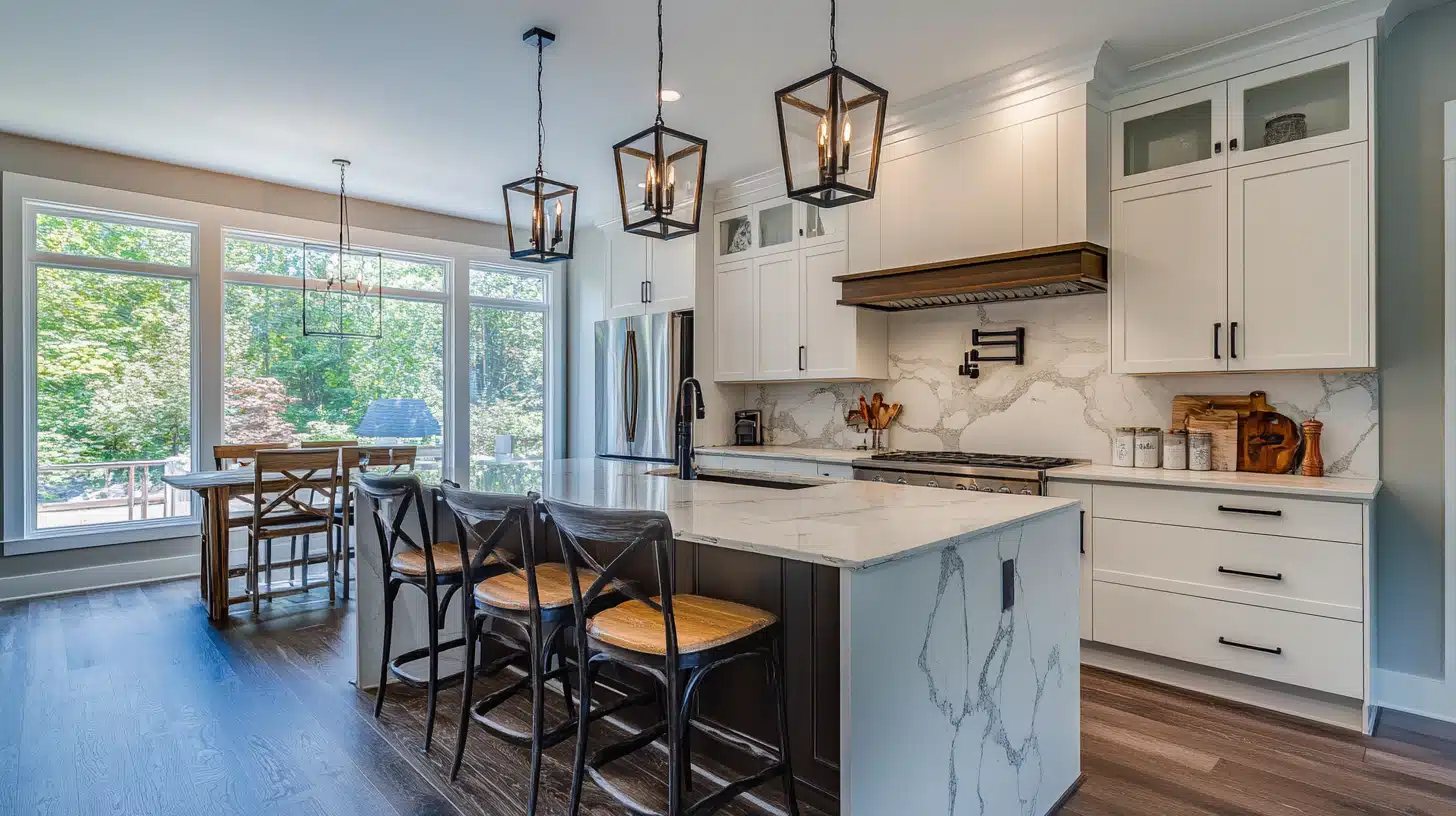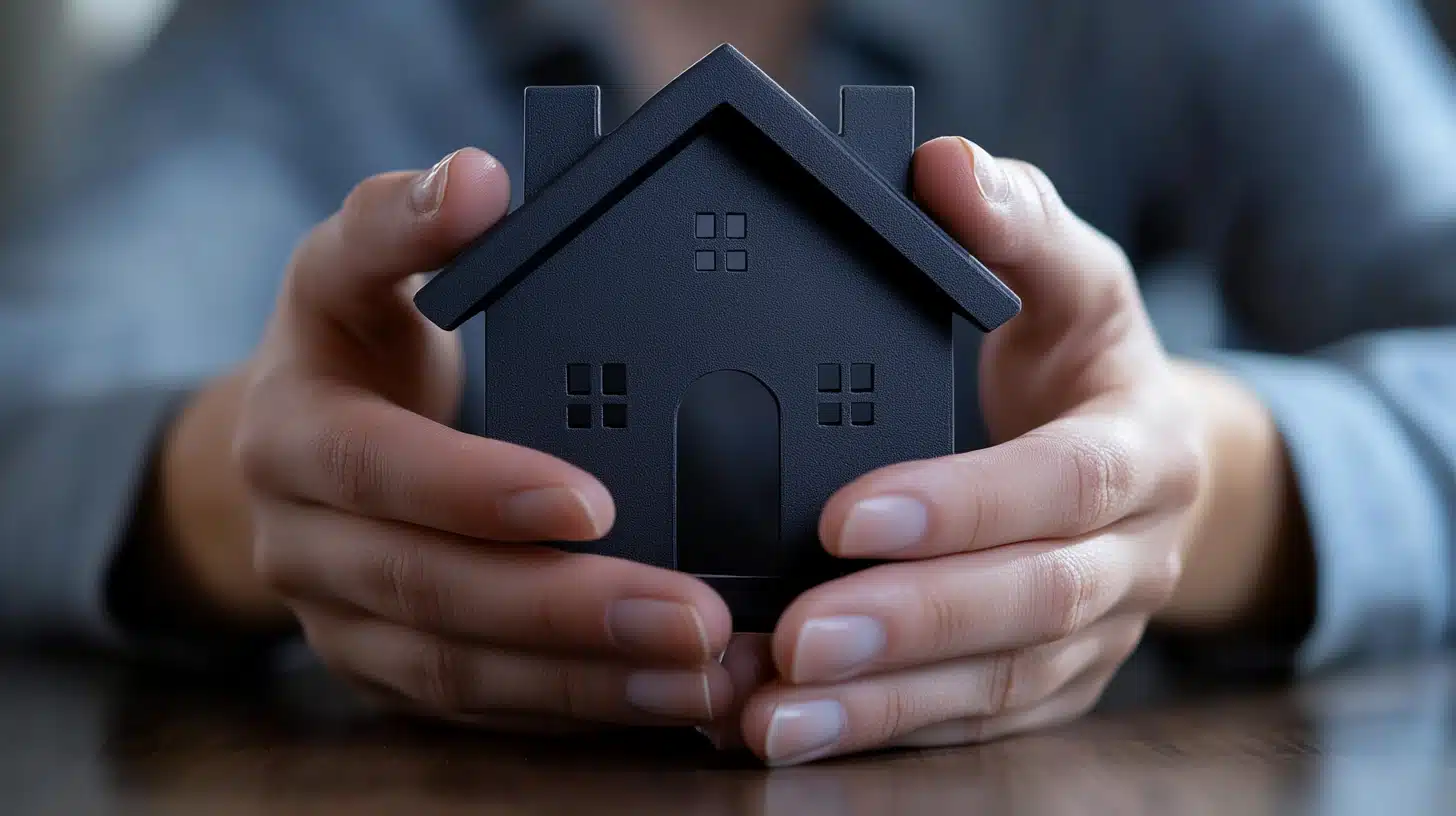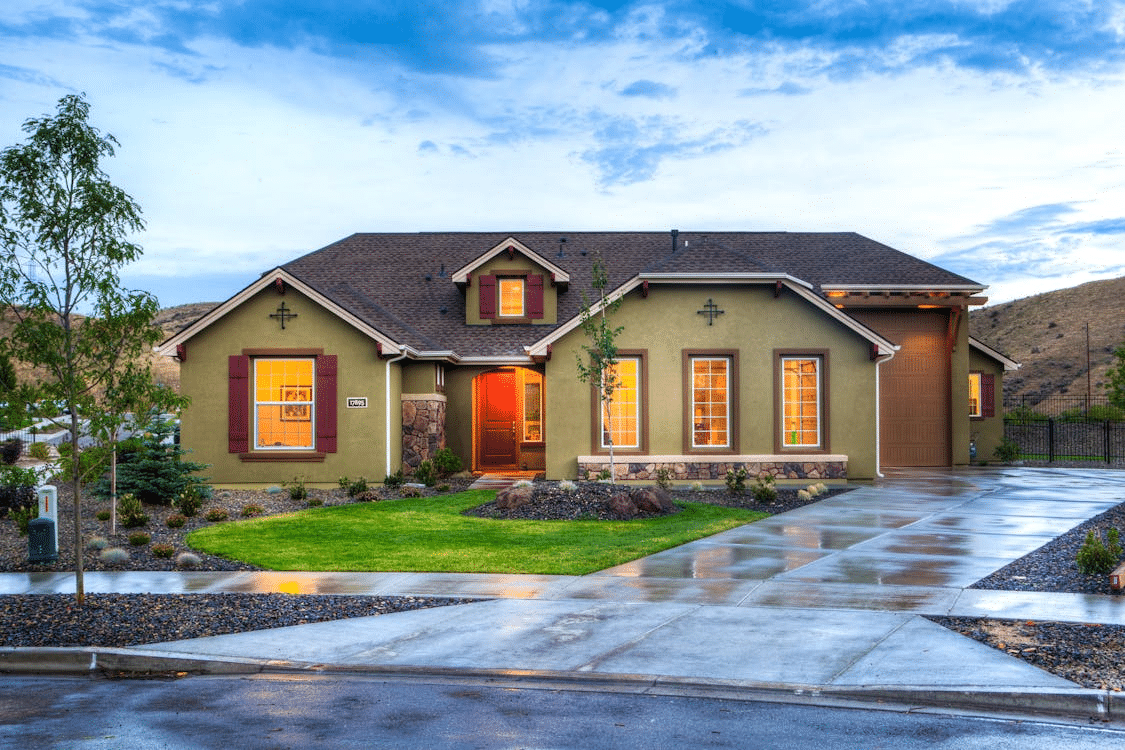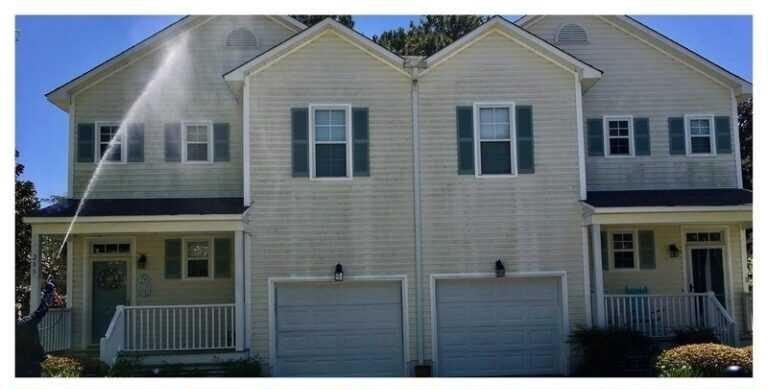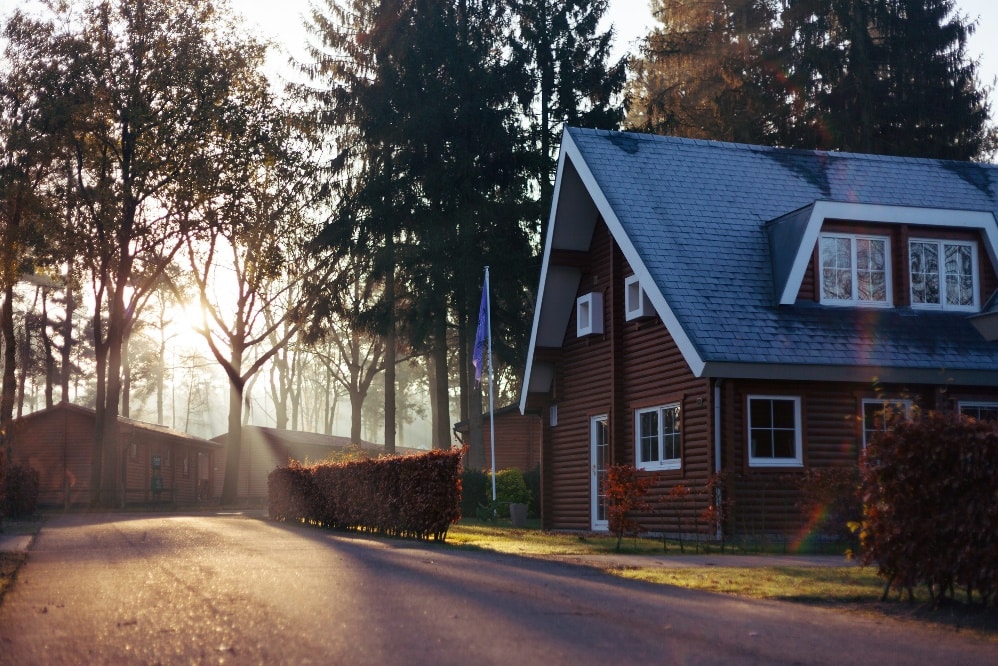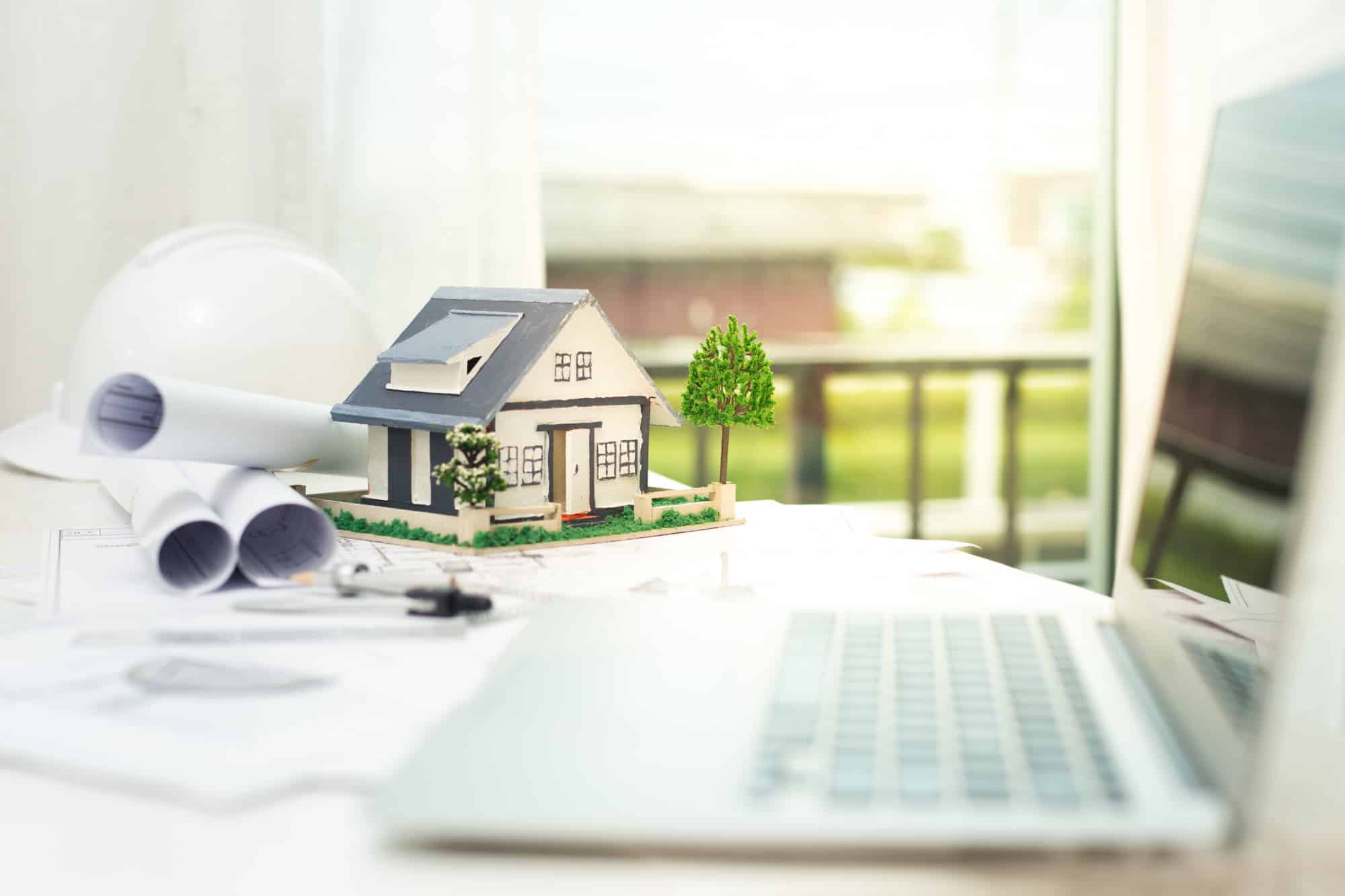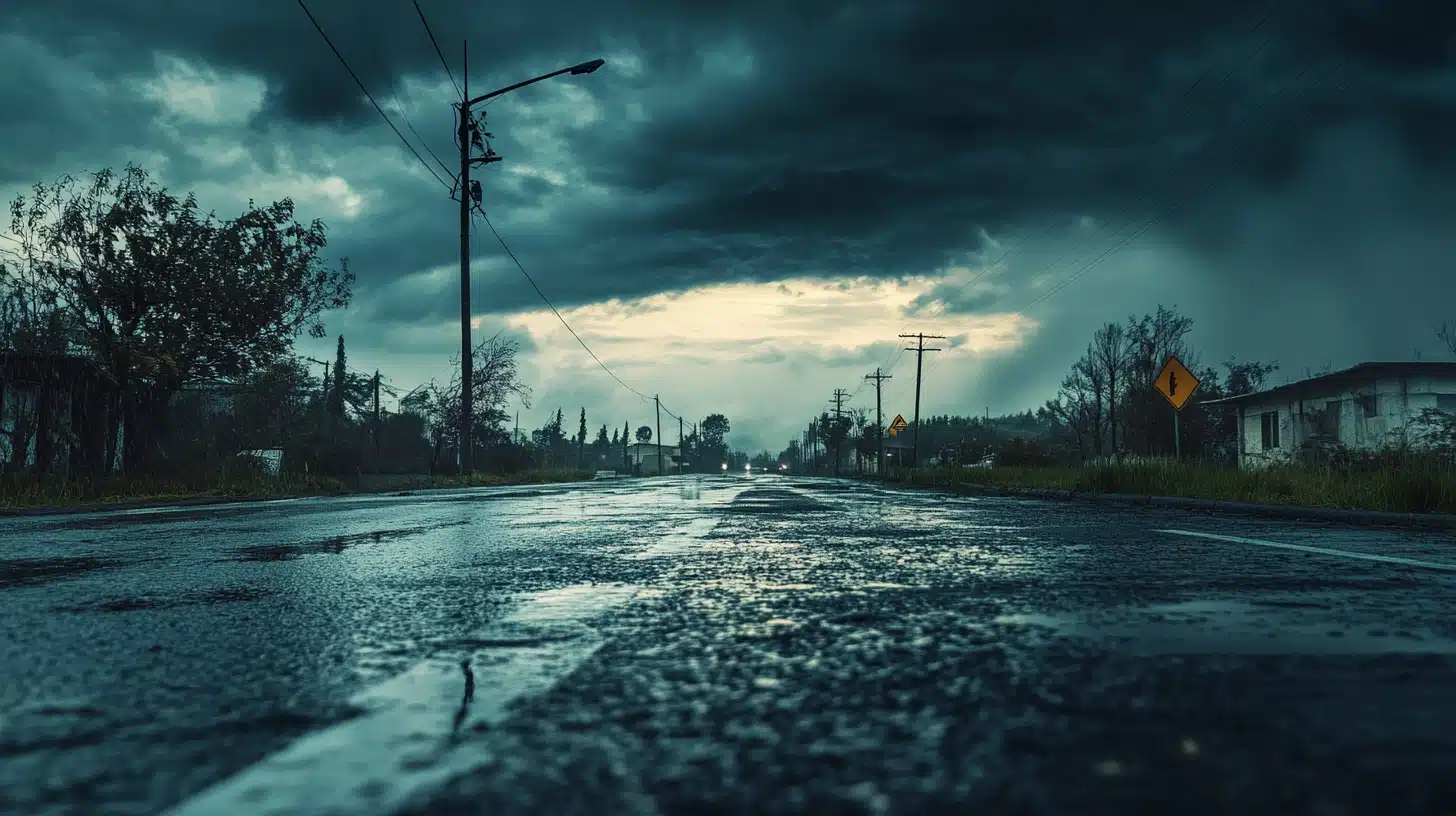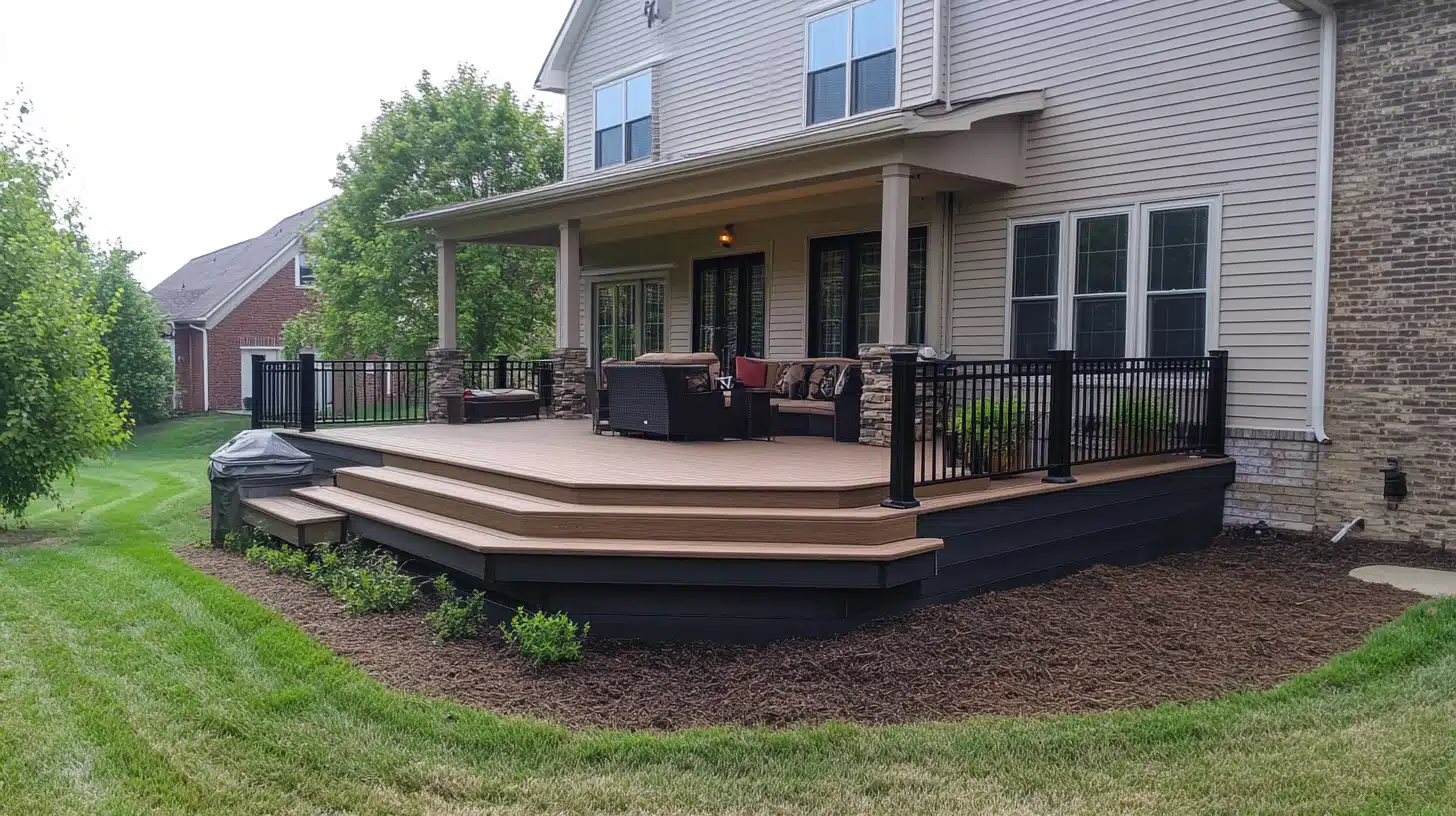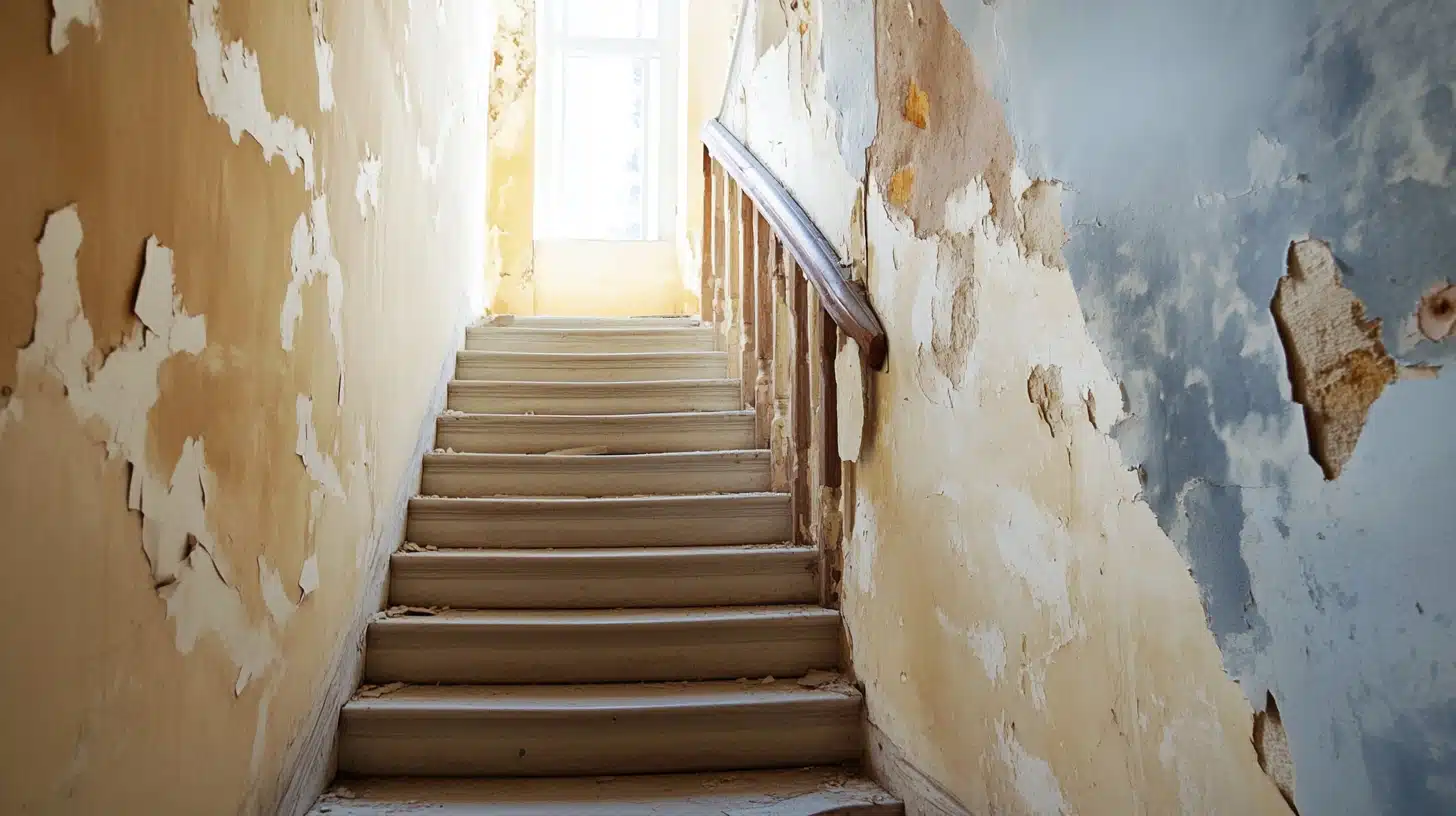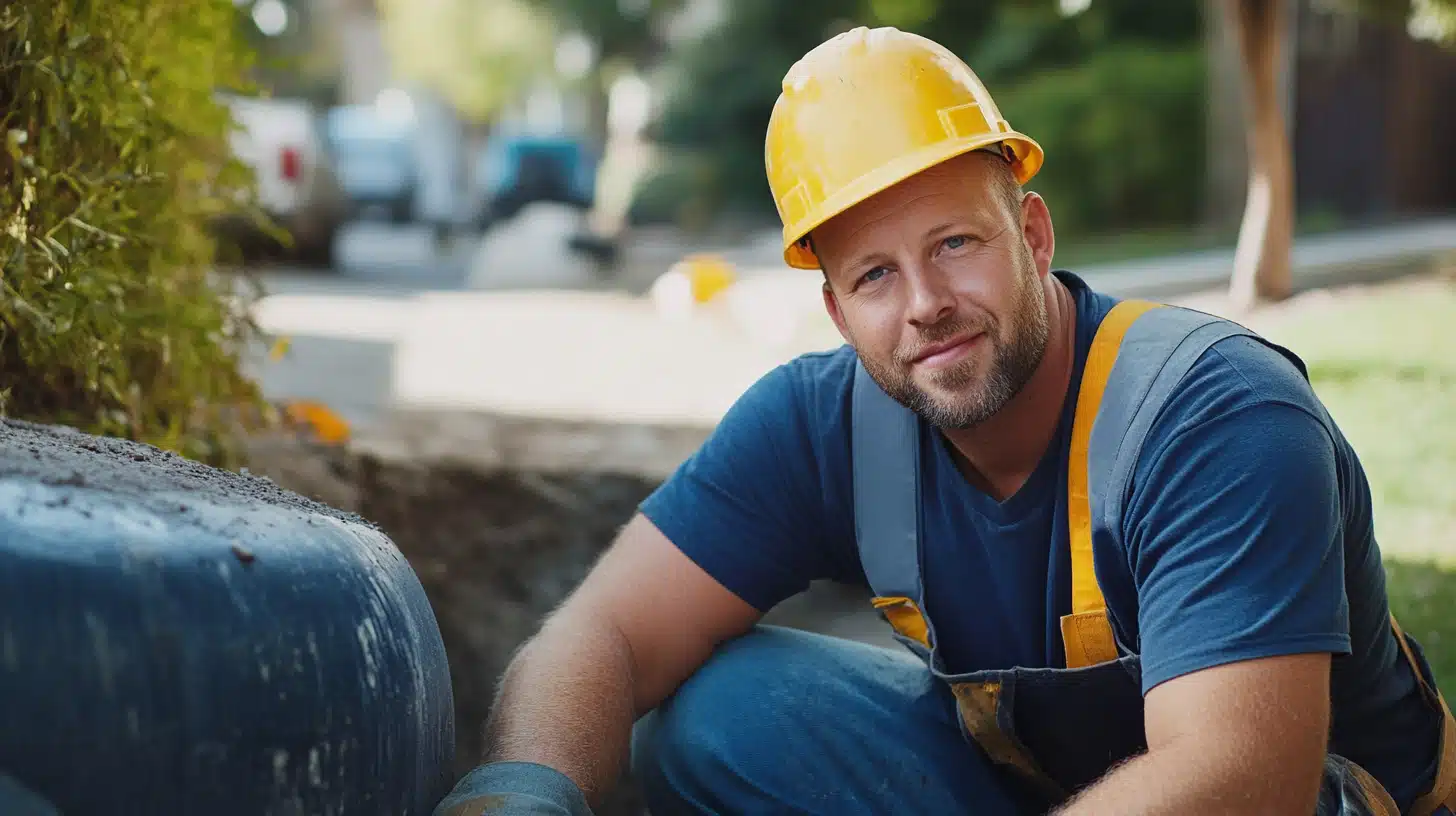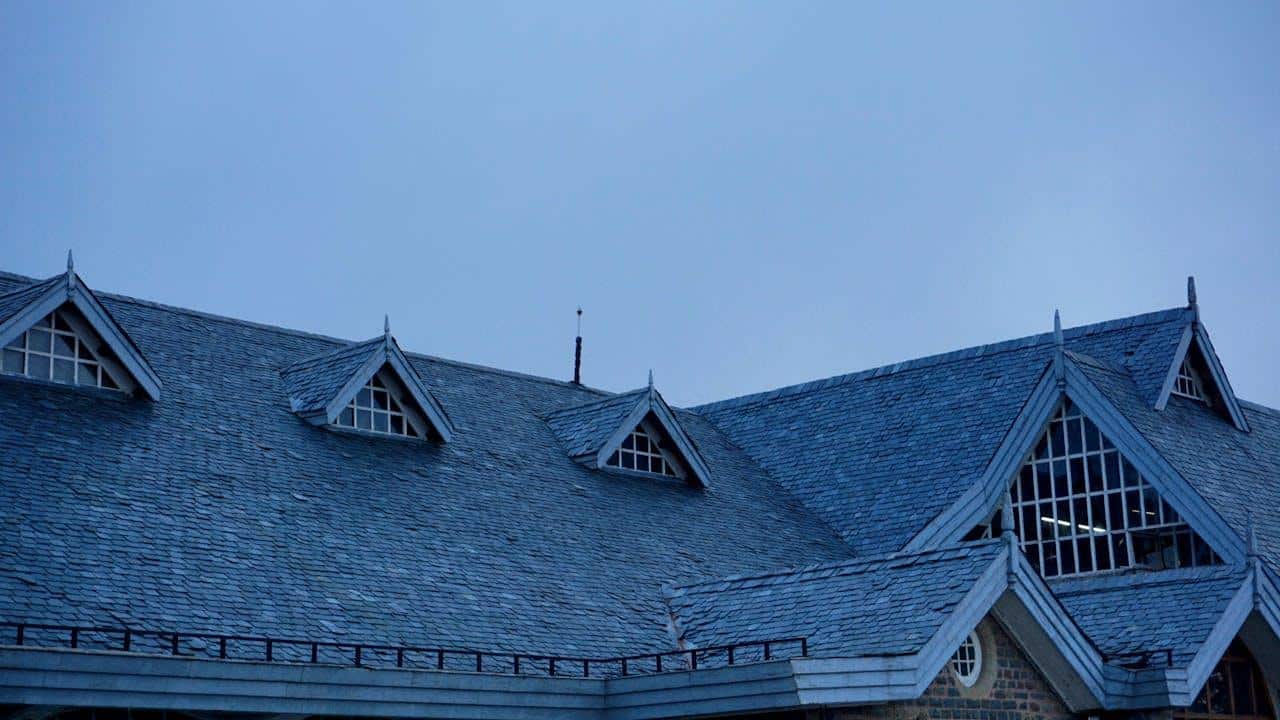
Have you ever felt like the weather is out to get your home? One season brings scorching heat, the next a brutal storm, and somehow your house takes the hit every time. Cracks, leaks, and rising energy bills are all signs that the elements are wearing it down.
With unpredictable weather becoming the norm, protecting your home is more important than ever. Small upgrades can prevent costly damage, improve energy efficiency, and keep your space comfortable year-round. In this blog, we will share how to strengthen your home against the elements with smart improvements that work in every season.
Strengthening the Weak Spots
Every home has its vulnerabilities, and ignoring them can lead to serious damage. The first step in making your home more weather-resistant is identifying where it’s most at risk.
Windows and doors are prime trouble spots. Drafts let cold air in during winter and force air conditioners to work harder in summer. Upgrading to energy-efficient, double-pane windows keeps temperatures stable and reduces energy costs. Weather stripping around doors is another simple but effective fix.
Your home’s exterior plays a major role in protecting against storms, heavy winds, and extreme heat. Siding should be made of durable materials like fiber cement or brick, which hold up better than traditional wood. Regular maintenance prevents cracks and gaps that allow moisture inside, leading to mold and structural issues.
Then there’s the most critical part—the roof. It takes the brunt of every storm, heatwave, and snowfall, yet many homeowners only think about it when a problem appears. A well-maintained roof prevents leaks, protects insulation, and helps regulate indoor temperature. If your home is older or has experienced severe weather damage, roof replacement might be the best long-term investment. Choosing weather-resistant materials, such as metal or impact-resistant shingles, ensures your home stays protected no matter the season.
Battling the Elements with Smart Upgrades
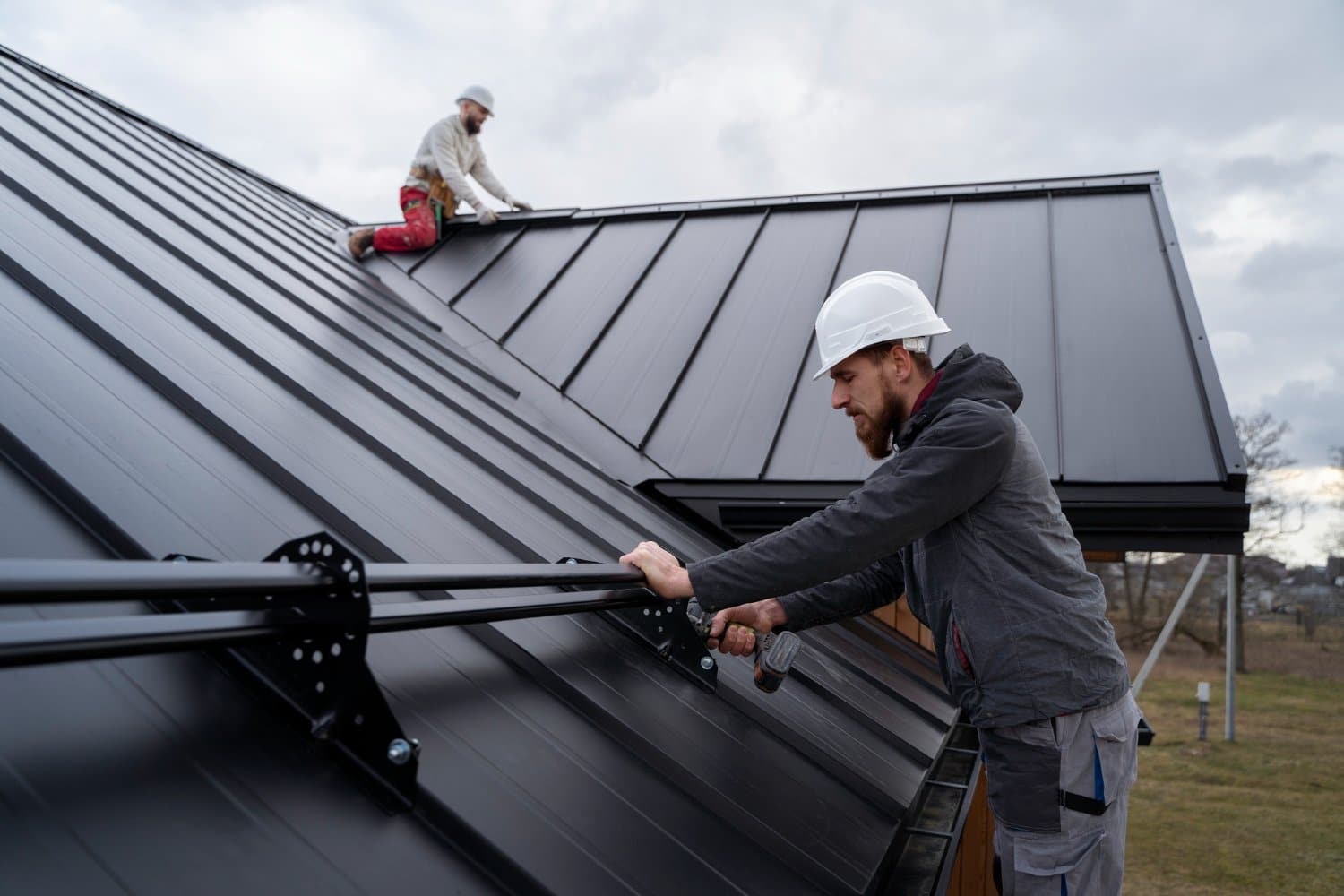
Weather resistance isn’t just about fixing what’s broken—it’s about staying ahead of the problem. Smart home improvements can keep your house strong and efficient, even in extreme conditions.
Storm-resistant windows are a game-changer, especially in areas prone to hurricanes or high winds. These windows can withstand powerful gusts and flying debris, keeping your home intact when storms roll in. Paired with reinforced doors, they add an extra layer of security against harsh conditions.
Insulation is another key player. Many homes lose heat in winter and gain unwanted warmth in summer due to poor insulation. Adding extra insulation in the attic and walls improves temperature control, reducing strain on heating and cooling systems. This not only saves money but also keeps your home comfortable no matter what’s happening outside.
Gutters might not seem like a priority, but they’re essential for managing heavy rain. Clogged or damaged gutters lead to water pooling around the foundation, increasing the risk of leaks and structural damage. Installing larger, seamless gutters and keeping them clear prevents these issues before they start.
Adapting to a Changing Climate
Weather isn’t what it used to be. Once-in-a-lifetime storms now seem to happen every few years, and record-breaking temperatures have become the norm. As climate conditions shift, homes need to be built or upgraded with resilience in mind.
Heat-resistant roofing materials are growing in popularity, especially in regions experiencing rising summer temperatures. Lighter-colored roofs reflect sunlight, reducing indoor heat buildup. Cool roofing technology, which includes reflective coatings, helps lower energy consumption and prevents excessive wear from UV exposure.
Flooding is another major concern. Even homes that were once considered safe from flood risks are now seeing unexpected water damage. Elevated foundations, flood barriers, and proper drainage systems help protect against rising waters. Landscaping choices also play a role—permeable driveways and strategically placed trees can redirect excess rainwater away from the home.
Wildfire risks have increased in many areas, making fire-resistant materials a necessity. Concrete siding, tempered glass windows, and fireproof vents reduce the chance of embers igniting a home. Small details, like keeping gutters clear of dry leaves, can make a big difference in fire-prone regions.
Maintenance: The Key to Longevity
Even the best upgrades won’t last without regular maintenance. Weatherproofing a home isn’t a one-time project—it requires ongoing care to ensure everything stays in top shape.
Seasonal inspections prevent small issues from turning into expensive disasters. Checking for loose roof shingles, repairing cracks in siding, and sealing windows before winter arrives keeps the home ready for shifting conditions. HVAC systems should be serviced regularly to maintain efficiency and avoid costly breakdowns.
Outdoor features also need attention. Fences, decks, and porches face constant exposure to sun, rain, and wind. Sealing wood structures and repainting metal fixtures extend their lifespan, preventing damage from moisture and temperature fluctuations.
Gutters, often overlooked, need frequent cleaning to prevent blockages. Trapped leaves and debris lead to water overflow, damaging foundations and siding. A quick cleanout a few times a year saves homeowners from costly repairs down the road.
The Future of Weather-Resistant Homes
Advancements in building technology are paving the way for more resilient homes. Architects and engineers are developing materials designed to withstand extreme conditions, from self-healing concrete to solar-reflective glass. Smart home technology, including automated storm shutters and climate-responsive ventilation systems, is helping homeowners stay ahead of the weather.
Governments and city planners are also recognizing the need for weather-resistant housing. Updated building codes and incentives for sustainable upgrades are making it easier for homeowners to invest in long-term protection. The more communities prioritize resilience, the better prepared they will be for future climate challenges.
A Home Built to Last
Making your home weather-resistant is about more than just surviving the next storm—it’s about creating a safe, comfortable space that stands the test of time. Whether it’s reinforcing the roof, upgrading insulation, or installing impact-resistant windows, every improvement adds to the home’s strength and efficiency.
Nature will always be unpredictable, but with the right upgrades and maintenance, your home doesn’t have to be. Investing in weather resistance today ensures protection, lower energy costs, and fewer headaches in the future. When the next big storm hits, you’ll be glad you planned ahead.

